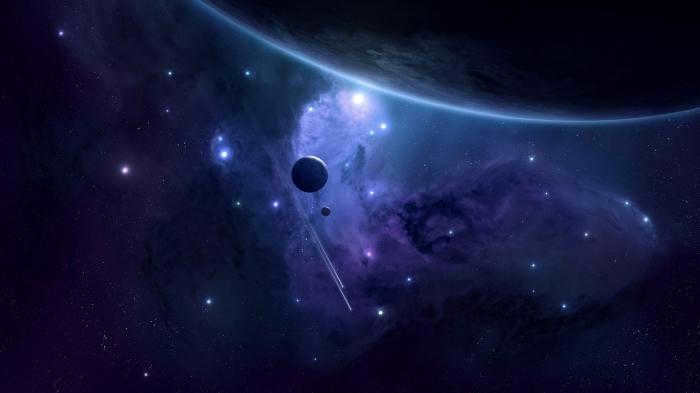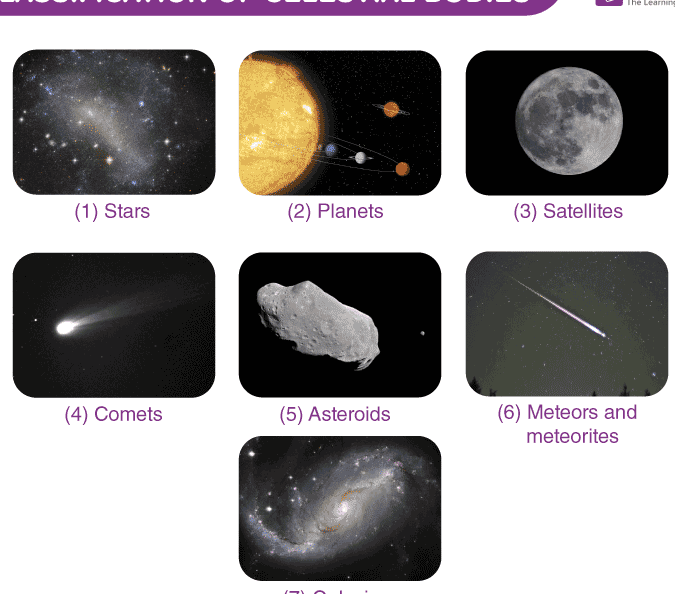The cosmos is comprised of an extensive array of astronomical entities. Each night, we are able to observe stars in the sky, which may appear minuscule, but in reality, they are not. In fact, some of these celestial bodies are significantly larger than the Sun. It is hypothesized that a planetary system takes shape around each individual star. For instance, in the vicinity of the Sun, the Solar System has formed, encompassing eight major planets, as well as smaller ones, comets, black holes, cosmic debris, and other phenomena.
Planet Earth is a celestial body as it is a spherical planet that reflects sunlight. We can also observe seven other planets in our solar system because they reflect the light emitted by a star. In addition to Mercury, Venus, Mars, Uranus, Neptune, and Pluto (which was considered a planet until 2006), our solar system is also home to a vast number of asteroids, also known as minor planets. While there are about 400,000 known asteroids, many scientists believe that there are over a billion of them.
Comets, on the other hand, are cosmic objects that follow elongated paths and approach the Sun at specific times. Comets consist of gas, plasma, and dust, and as they form ice, they can grow to be tens of kilometers in size. As comets get closer to the Sun, the high temperatures cause the ice to vaporize, creating a head and a tail that can be remarkably large.
Asteroids, also known as minor planets, are celestial objects found within the solar system. The majority of these objects are located between the planets Mars and Jupiter. They consist of a combination of iron and stone and can be categorized into two distinct types: light and dark. Light asteroids are less dense and weight less, while dark asteroids are heavier. These cosmic bodies have irregular shapes and scientists believe that they were created from leftover materials after the formation of the larger planets, or they are fragments from a planet that once existed between Mars and Jupiter.
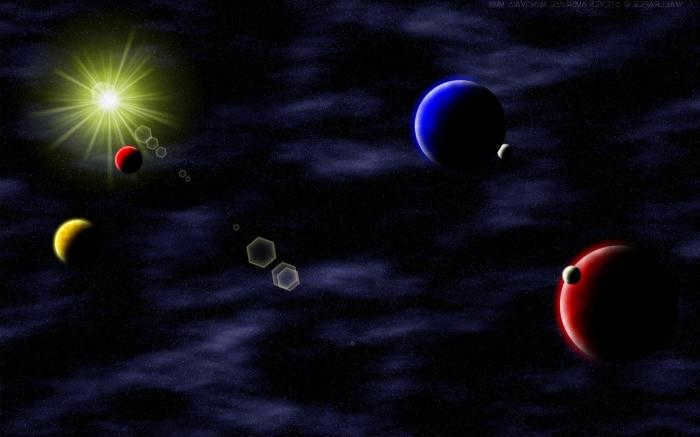
There are instances when certain celestial objects make their way to Earth, however, as they traverse the dense layers of the atmosphere, the intense friction causes them to heat up and disintegrate into smaller fragments. This is the reason why we have witnessed the descent of relatively compact meteorites onto our planet. This occurrence is not infrequent, as fragments of asteroids can be found in numerous museums across the globe, having been discovered in approximately 3500 locations.
Space is home to a variety of objects, ranging from large to minuscule. Take meteoroids, for instance, which are bodies measuring up to 10 meters in size. On an even smaller scale, we have space dust, which measures up to 100 microns. The formation of space dust occurs in star atmospheres due to gas emissions and explosions. Despite the advancements in scientific research, there are still cosmic entities that remain unexplored. One such example is black holes, which are present in almost every galaxy. Although they cannot be visually observed, their location can be determined. The gravitational pull of black holes is incredibly strong, to the extent that not even light can escape their grasp. Every year, they consume vast quantities of superheated gas.
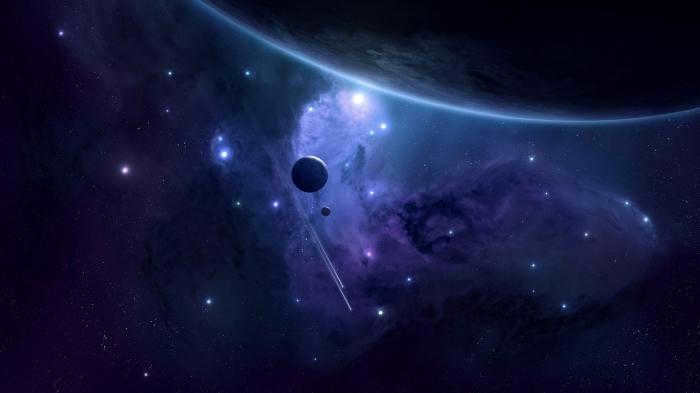
Cosmic entities come in various forms, sizes, and positions relative to the Sun. Some of them are organized into distinct groups for easier categorization. For instance, celestial bodies located between the Kuiper Belt and Jupiter are referred to as Centaurs. The Vulcanoids are believed to be situated between the Sun and Mercury, although no object has been discovered in this area yet.
Last year, I presented my spouse with a pair of binoculars. It may not be a telescope, but when zoomed in to the maximum, you can catch a glimpse of the Moon, especially during a full moon. Out there, in the vastness of space, lies so much that is fascinating and unexplored. Allow me to share a little about it with you now.
Celestial objects and their classifications
Every educational show about space inevitably mentions the term “celestial object”. It refers to a naturally occurring object that exists in outer space or originates from there. These objects are also referred to as astronomical objects. The following is a list of different types of celestial bodies:
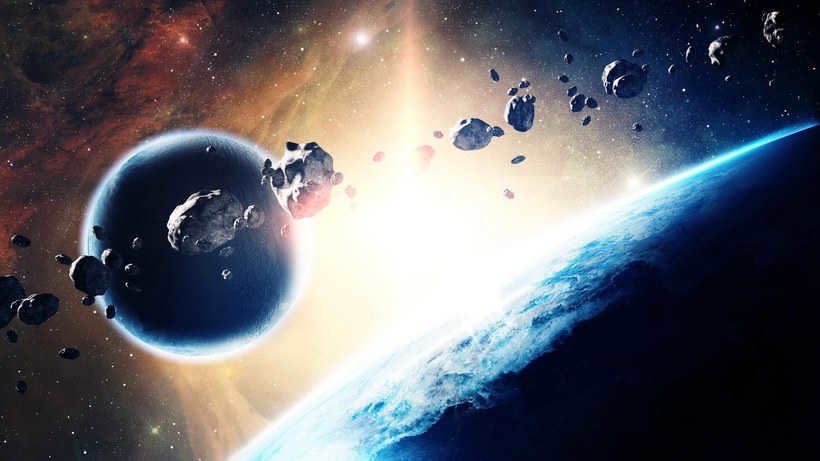
- celestial bodies such as comets, planets, meteorites, asteroids, and stars.
All of these astronomical objects vary significantly from one another. Primarily, each celestial body possesses its own unique size. Stars are the largest, while meteorites are considered the smallest. Various celestial bodies have the ability to form their own distinct systems. For instance, a star system consists of planets. Asteroids, on the other hand, come together to form belts, while stars create galaxies. However, comets typically exist as individual celestial bodies.
Comets, which are small celestial bodies, travel in elongated orbits around the Sun. Comets are composed of substances such as:
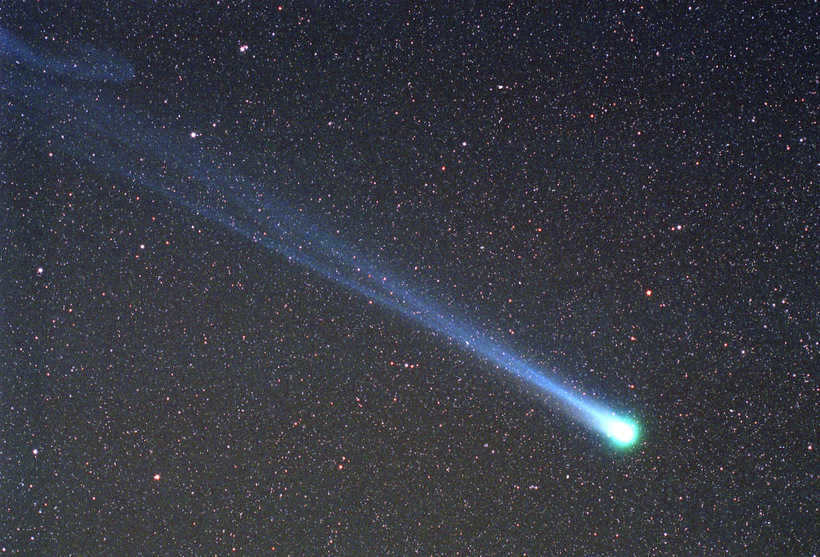
- ammonia;
- methane;
- additional components.
The nucleus is the main component of a comet, accounting for nearly 100% of its mass. When observed from Earth, a comet appears as a radiant sphere with a trailing tail, which becomes visible only when the celestial body approaches the Sun. During this period, various particles of dust and gas are emitted from the nucleus, forming the distinctive tail. The further the comet is from the Sun, the more luminous it appears. This is due to the ice present in the comet, which transforms into gas under the Sun’s influence. The accumulation of these gases is what gives the comet its vibrant luminosity.
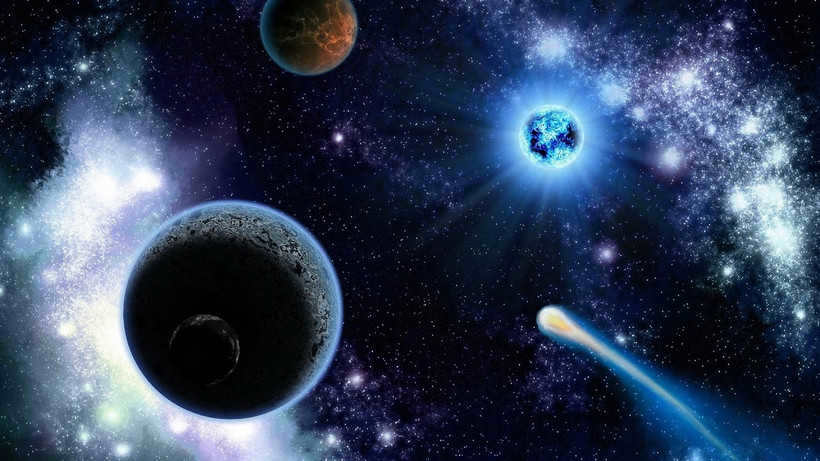
According to scientists, comets can be found within the boundaries of the solar system. Every year, numerous astronomical objects of this kind are observed. In fact, over 3,000 comets have already been identified.
Astronomy is a scientific field that focuses on the investigation of celestial bodies. It encompasses stars, comets, planets, and galaxies, while also acknowledging phenomena that take place beyond the Earth’s atmosphere.
By engaging in the study of astronomy, one can obtain an explanation to the query “What are celestial bodies that emit their own light?”.
Solar System Celestial Bodies
In order to determine if there are any self-illuminating planets, it is important to have an understanding of the composition of the solar system.
The solar system consists of a central star, known as the Sun, and eight planets that orbit around it: Mercury, Venus, Earth, Mars, Jupiter, Saturn, Uranus, and Neptune. To be classified as a planet, a celestial body must meet the following criteria:
- It must orbit around a star.
- It must have a spherical shape, which is the result of sufficient gravity.
- It must not have any other large bodies in its orbit.
- It must not be a star itself.
Planets do not emit their own light; they simply reflect the sunlight that reaches them. Therefore, planets cannot be considered self-illuminating celestial bodies. Stars, on the other hand, are examples of celestial bodies that emit their own light.
The Sun: The Primary Source of Light on Earth
Stars are celestial bodies that emit light on their own. Among them, the closest star to Earth is the Sun. Its radiant light and heat are essential for the existence and evolution of all living organisms. Moreover, the Sun acts as the gravitational center around which planets, satellites, asteroids, comets, meteorites, and cosmic debris orbit.
When observing the Sun, it appears to have a solid spherical shape due to its distinct contours. However, it is composed mainly of gases, such as hydrogen, along with other elements.
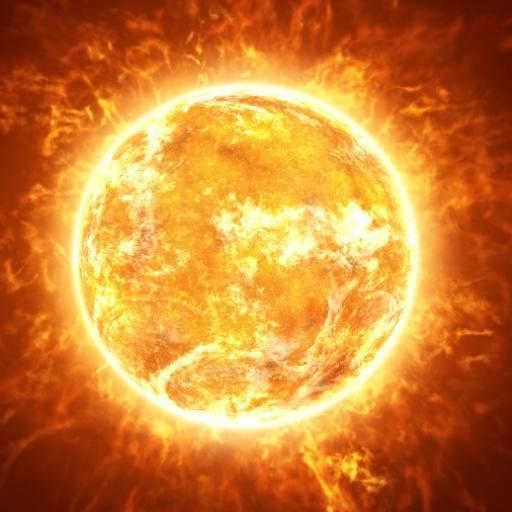
To observe the absence of distinct boundaries of the Sun, one must observe it during an eclipse. During this event, it becomes evident that the Sun is encompassed by a dynamic atmosphere that exceeds its diameter multiple times. Due to the intense brightness of the Sun during regular auroras, this halo remains invisible. Consequently, it can be concluded that the Sun lacks precise contours and exists in a gaseous form.
Stellar Objects
The precise quantity of stellar objects in existence remains a mystery, as they reside at a considerable distance from our planet and appear as minuscule dots. Stellar objects are astral entities that emit their own light. What is the significance of this?
Stellar objects are fiery orbs of gas, with their exteriors exhibiting varying temperatures and densities. Furthermore, these celestial bodies differ in magnitude, surpassing planets in both size and mass. Certain stars even exceed the Sun in size, while others are comparatively smaller.
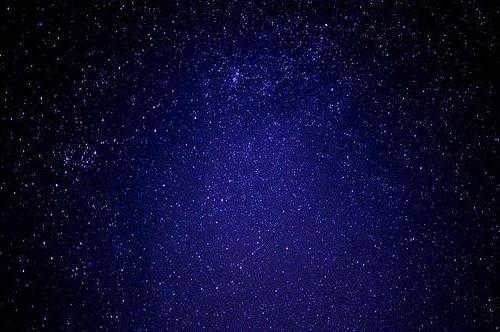
A celestial body is composed primarily of gas, with hydrogen being the most abundant element. The extreme heat on the surface of a star causes hydrogen molecules to separate into individual atoms. Each atom consists of a proton and an electron. However, the high temperatures cause the atoms to lose their electrons, forming a state of matter known as plasma. The atom left without an electron is referred to as a nucleus.
How stars produce light
Stars undergo compression, causing a significant increase in temperature in their core. This compression leads to the fusion of helium, where two protons and two neutrons combine to form a new nucleus. This fusion process releases a tremendous amount of energy. The excess energy is emitted in the form of photons, which carry light. These photons exert a powerful pressure outward from the star’s core, creating a balance between this pressure and the force of gravity.
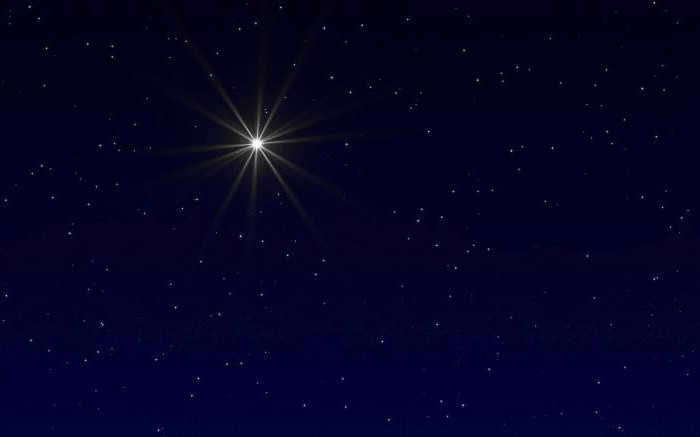
Therefore, stars, which are celestial bodies that emit their own light, glow as a result of energy being released from nuclear reactions. This energy is utilized to counteract gravitational forces and produce light. The larger the star, the greater amount of energy is released, resulting in a brighter shine.
Comets
A comet is composed of a frozen mass containing gases and dust. The core of the comet does not emit light, but upon approaching the Sun, it starts to thaw, releasing particles of dust, dirt, and gases into the vacuum of space. These materials coalesce to form a hazy cloud surrounding the comet, known as a coma.
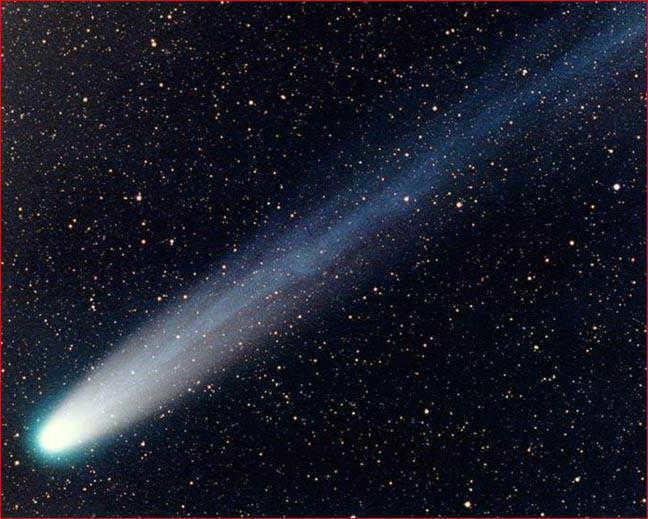
The glowing nature of a comet cannot be accurately described. Its primary source of light is the reflection of sunlight. When the comet is far away from the Sun, its light is not visible. Only when it approaches closer and receives sunlight does it become visible. The comet itself emits a small amount of light, which is a result of the atoms and molecules in its coma emitting photons from the sunlight they receive. The comet’s “tail” is a collection of dust particles that scatter sunlight and become illuminated by the Sun.
Meteorites
Gravity can cause solid objects known as meteorites to descend onto the surface of a planet. Instead of burning up in the atmosphere, they generate intense heat and emit bright light as they pass through it. This luminous meteorite is referred to as a meteor.
Due to the atmospheric pressure, a meteor can fragment into multiple smaller pieces. Despite reaching high temperatures, the interior of the meteor typically remains cool, as it doesn’t have enough time to fully heat up during its brief descent.
We can infer that stars are the celestial bodies that naturally emit light. This ability is a result of their structure and internal processes. In a way, we can consider a meteorite to be a celestial body that glows, but this only occurs when it enters the atmosphere.
The celestial body is a term used in physics to refer to a body in space that shines with its own light and appears as a luminous point to observers on Earth. Celestial bodies, such as stars, comets, and globules, are scattered throughout the universe at vast distances, making their own motion difficult to detect. On a clear night without the presence of the moon, the entire visible sky is filled with these celestial bodies. This definition can be found in various sources, including the Ideographic Dictionary of the Russian Language and The Encyclopedic Dictionary of F.A. Brockhaus and I.A. Ephron.
Epimetheus is one of the inner satellites of Saturn’s satellite system, also known as Saturn XI. It was named after the character Epimetheus from Greek mythology. This image of Epimetheus was taken by the Cassini spacecraft on December 3, 2007.
Body can have several meanings in different fields:
- In mathematics, a body refers to a set with two operations, addition and multiplication, that have certain properties.
- In geometry, a body is a part of space that is bounded by a closed surface.
- In physics, body refers to matter or substance.
In morphology, the word “body” can be used in various ways:
- As a noun, it can be used to ask questions like “what body?” or “by what body?”
- It can also be used to refer to multiple bodies, as in “what bodies?” or “by what bodies?”
- Additionally, it can be used to ask questions about the characteristics or properties of a body.
This information is sourced from Wikipedia and Dmitriev’s Explanatory Dictionary.
body – BODY1, a, mn bodies, bodies, bodies, cf Human or animal organism in its external physical forms and manifestations. And he moved his chair, adjusted his tall figure with pretended laziness (Yu. Bond.). Boye [dog] as if broken in the back, … … … Explanatory Dictionary of Russian Nouns
Celestial space and celestial bodies – Nouns LUNA/, me/yats, half-me/yats. A celestial body that is the natural closest satellite of the Earth, shining at night with the reflected light of the Sun, yellow, occasionally reddish or white. NOT/BO, sky/, sc. skysvo/d,… … Dictionary of Synonyms of the Russian Language
Not to be mistaken for a meteorite, a meteoroid is a celestial object that is larger than interplanetary dust but smaller than an asteroid. As per the official definition by the International Astronomical Union (IAU), a meteoroid is a solid object that moves through interplanetary space, with its size…
Books
- Day Seven by V. Earthman. It may seem that the Moon has always been a satellite of the Earth, but this is far from the truth. It turns out that the Moon is actually a spaceship that escaped from a universal cataclysm…
- Secrets of Planet Earth by Yu V. Mizun and Yu G. Mizun. The survival of mankind depends on the conditions on our planet, but we have a poor understanding of how these conditions are changing and how they may change in the future. This book explores…
Categorization of Celestial Objects
Eugene Afanasyevich Parshakov
At first sight, the celestial objects in our solar system possess a myriad of distinctive features. However, they can all be categorized into three major groups based on their composition. The first group comprises the densest bodies in our solar system, with a density of approximately 3 g/cm3 and higher. This category includes the terrestrial planets: Mercury, Venus, Earth, and Mars. Additionally, this group encompasses certain large moons of the planets, such as the Moon, Io, Europa, and potentially Triton. It also encompasses a number of smaller moons situated in close proximity to their respective planets, such as Phobos, Deimos, Amalthea, and others.
The non-random nature of the densest objects in the solar system can be attributed to the proximity of celestial bodies to their central bodies, around which they orbit. The planets in the Earth group, for example, are close to the Sun, which heats their surfaces and causes the dissipation of gases and ice from their atmospheres. This dissipation is further facilitated by the conversion of mechanical energy into thermal energy through tidal friction. The strength of tidal friction is greater in celestial bodies that are closer to their central bodies. This explains why Jupiter’s close satellites, Io and Europa, have densities of 3.5 and 3.1 g/cm3 respectively, while the more distant satellites Ganymede and Callisto have lower densities of 1.9 and 1.8 g/cm3 respectively. As a result of tidal friction, the close satellites of planets always face their central bodies, leading to synchronous axial and orbital rotation. It is worth noting that tidal friction not only occurs within the celestial bodies themselves, but also between the satellites of central bodies and other celestial bodies within the same class, such as satellites of satellites or planets of other planets.
Celestial objects with high density can be referred to as silicate celestial objects, indicating that the primary component in them is the silicate component (rock-metal rocks), which is made up of heavy and highly resistant substances: silicon, calcium, iron, aluminum, magnesium, sulfur, and numerous other elements and their compounds, including predominantly oxygen. In addition to the silicate component, many objects in this category contain ice (water ice, water, carbon dioxide, nitrogen, oxygen) in their composition, while a small number of them have gas (hydrogen, helium) components. However, their proportion in the overall composition of the substance is negligible. The silicate component typically accounts for over 99% of the substance.
The category of silicate celestial objects in our Solar System consists of not just four planets and a dozen planetary moons, but also a significant assortment of asteroids that orbit within the asteroid belt, located between the orbits of Mars and Jupiter. The quantity of these asteroids is estimated to be in the tens of thousands (with certain sources suggesting hundreds of thousands or even millions), with the largest ones being Ceres, Pallada, Vesta, Hygeia, among others.
There is a separate category of celestial objects that consists of icy bodies, primarily composed of ice. This particular group is the most abundant in the entire Solar System. It encompasses the well-known planet Pluto, along with numerous yet-to-be-discovered transpluto planets, as well as several large planetary satellites such as Ganymede, Callisto, Titan, Charon, and potentially dozens of other satellites. Additionally, all comets are classified within this same group, and their estimated quantity in the solar system reaches into the millions, possibly even billions.
The collection of celestial objects mentioned is the primary assemblage of celestial bodies within the solar system and, evidently, throughout the entire Galaxy. Beyond Pluto, numerous scientists posit the existence of additional planets. There is no question that their assertions are accurate. The frigid celestial bodies constitute the largest and most abundant group of celestial objects within the Solar System, and undoubtedly, within all other star-planetary systems, ranging from the tiniest to the grandest.
The main composition of the icy bodies in the Solar System consists of various icy materials such as water ice, carbon dioxide, nitrogen, oxygen, ammonia, methane, and more. These icy components make up the majority of the mass of these celestial bodies. The remaining portion of the icy bodies, which is relatively small, is primarily composed of silicate materials. In comparison, the gas component is negligible in both icy and silicate bodies due to their relatively low mass. As a result, these bodies are unable to retain light gases like hydrogen and helium for extended periods of time near their surfaces. These gases are typically dispersed in interplanetary space, except for planets located far from the Sun, where the surface temperatures are extremely low.
Comets, which are small icy celestial bodies, are not only found on the outskirts of the Solar System, beyond Pluto. It appears that there is a significant presence of comets between the orbits of the giant planets.
The third category of celestial bodies in the solar system is the smallest but most massive. These bodies are composed of a combination of ice, silicate, and gas in large quantities. There are only five celestial bodies in this group: the Sun, Jupiter, Saturn, Uranus, and Neptune. Although they all contain a significant amount of hydrogen and helium, the proportions of these gases vary among the bodies. During the formation of gas bodies, which were initially icy bodies with a mass of less than 10 Earth masses, they were unable to retain light gases such as hydrogen and helium. Instead, they were formed with a composition that included ice and silicate components. Over time, the gas component of these bodies acquired during galactic winters underwent chemical reactions that transformed a portion of it into ice. For example, hydrogen and oxygen reacted chemically to form water and water ice, while methane and other substances of the ice component emerged from the gas component. As a result, the proportion of the ice component in the accumulation of diffuse matter on the surfaces of celestial bodies increased, while the proportion of the gas component decreased.
Giant planets, in contrast to other celestial bodies, possess a rapid axial rotation and an expansive atmosphere composed primarily of hydrogen and helium. Consequently, their equatorial regions may be experiencing a leakage of lighter gases into the interplanetary expanse from the upper reaches of their atmospheres as a consequence of the considerable centrifugal force at play. To illustrate, Saturn exhibits upper cloud layers that revolve around the planetary core at a linear velocity of approximately 10 km/sec, whereas Earth’s velocity measures a mere 0.5 km/sec. It can be postulated that during previous cosmic winters, the giant planets boasted significantly more robust and protracted atmospheres, only to subsequently shed a portion of them following the cessation of subsequent galactic winters. While icy and silicate celestial entities lose their gaseous components due to their comparatively limited mass, gas planets such as Jupiter relinquish theirs due to their swift rotation.
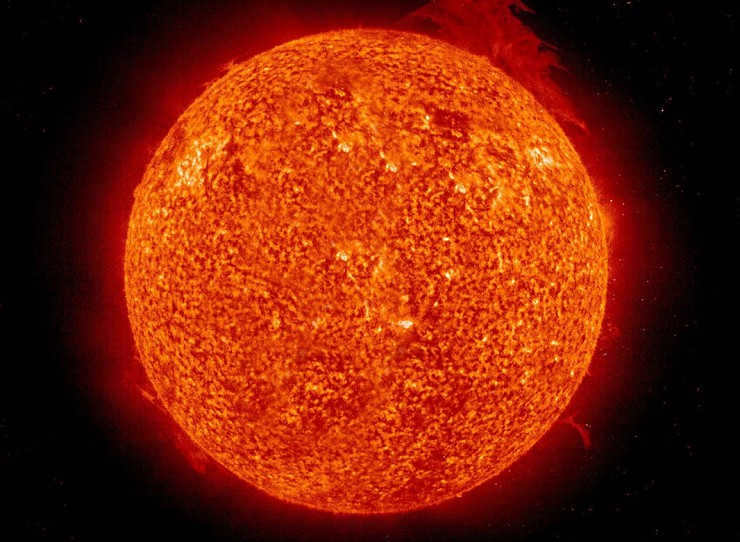
Human beings owe their existence to the Sun, as our planetary system was formed around it. Life on one of the planets was made possible thanks to the warmth emitted by the Sun.
The Sun is classified as a yellow dwarf, which is a type of yellow star. In comparison to other celestial bodies in the Universe, it is considered to be of moderate size, temperature, and age. The Sun has a diameter that is 109 times that of Earth, an area that is 11,917.607 times that of Earth, a volume that is 1,301,018.805 times that of Earth, and a mass that is 332,982 times that of Earth. The surface temperature of this gaseous sphere is approximately 6000 K. This celestial body has been in existence for approximately 4.59 billion years.
Just like the majority of other stars, our star generates its immense energy by means of thermonuclear reactions occurring within its core, mainly through the conversion of hydrogen into helium. Based on contemporary scientific theories, it is anticipated that the Sun will have a similar duration of tranquil existence. However, whether this will hold true for the inhabitants of Earth is contingent upon their actions.
Mercury: the swiftest planet
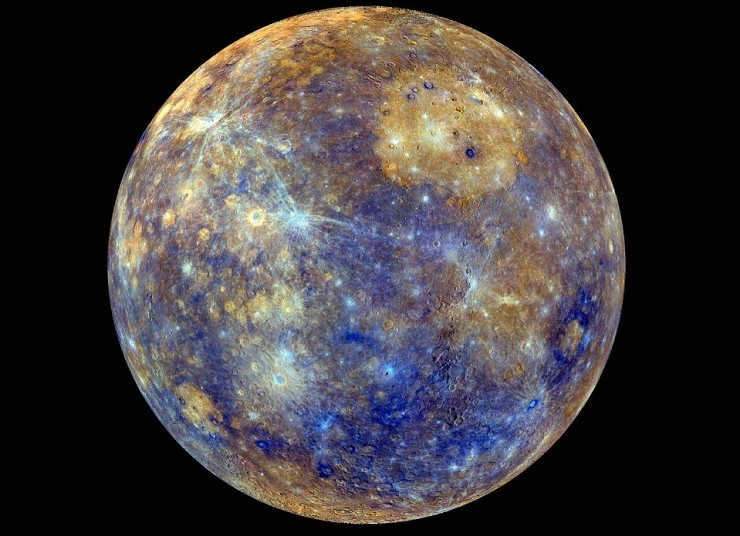
Mercury, the planet closest to the Sun and known for its speed, was named after the Roman god of commerce, who was renowned for his agility. This celestial body is the smallest among the larger planets in our solar system. It completes its orbit around the sun in a mere three Earth months. The planet’s surface is rocky and adorned with craters. Its temperature fluctuates from scorching hot at 400 degrees Celsius due to solar rays to freezing cold at -200 degrees Celsius. The planet has an extremely thin atmosphere, which is about 500 billion times less dense than that of Earth. Nonetheless, overall, its nature bears a striking resemblance to that of the Moon. There is a hypothesis that suggests Mercury might have once been a “moon” of Venus before becoming “lost”.
Observing Mercury from Earth is a challenging task due to its close proximity to the Sun. Sending spacecraft to study it is also not a straightforward endeavor. Throughout history, only two missions from Earth have been dedicated to exploring this elusive planet. The initial attempt was made by Mariner 10 during the years 1974-1975. Subsequently, in 2008, the AMS Messenger spacecraft began its continuous surveillance of Mercury from its orbit.
Venus: the most scorching planet
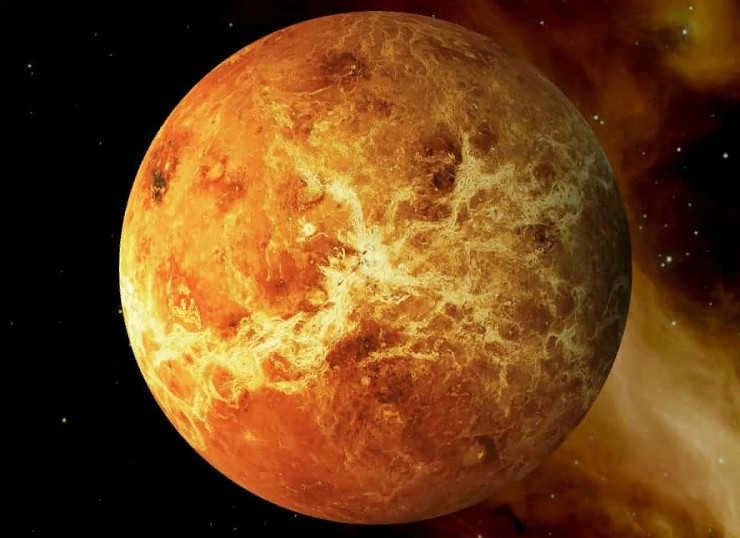
Venus is the third most luminous celestial body in the view of Earth, following the Sun and the Moon. It can be seen in the morning and evening sky as a brilliantly bright star.
Venus is nearly identical in size and mass to Earth. Before the era of space exploration, many astronomers believed these planets were identical twins. There was speculation about the possibility of life on Venus.
However, in reality, space probes have encountered extremely challenging conditions. The planet’s atmosphere is 92 times denser than Earth’s, creating a greenhouse effect and raising the surface temperature to 464 °C – higher than that of Mercury, which is closest to the Sun! Venus could have rivers of molten lead flowing on its surface. Sulfuric acid is known to precipitate on this planet.
It is impossible for spacecraft to withstand a few hours on the surface of Venus. The best way to study this hostile planet is from orbit. Despite the thick cloud cover, radar technology has successfully created topographic maps of Venus.
Earth: our beloved planet
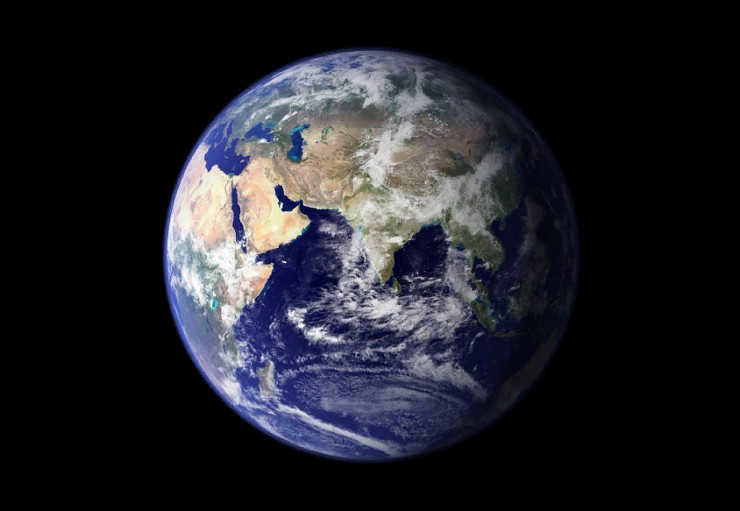
In the past, we used to perceive our planet as an immense sphere – and may it remain as such, may mountains and deserts, seas and rivers, cities and forests never cease to impress us with their magnificence and splendor. However, inhabitants of Earth must bear in mind that everything we own is merely a minuscule orb revolving around a diminutive star in the boundless Cosmos.
The Earth came into existence approximately 4.5 billion years ago, courtesy of the young Sun. Around the same time, it also gave birth to a companion, the Moon. Within the first billion years of its existence, the Earth witnessed the emergence of its initial living organisms. As of now, there is no indication of life on any other celestial entity, be it within or beyond our solar system. Lately, numerous planetary systems have been unveiled around distant stars, but their exploration is hindered by vast distances that seem insurmountable. It is possible that in the future, we may come across life in close proximity or find ways to overcome interstellar distances. To safeguard the possibility of encountering extraterrestrial life, we must ensure the preservation of our own.
Our neighbor: the moon
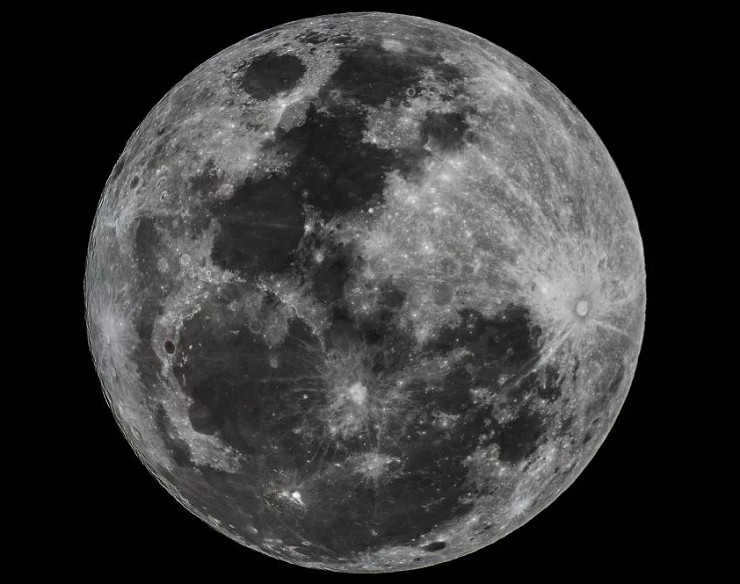
One theory that is widely accepted to explain the Moon’s origin is that the Earth had a collision with a celestial body about the size of Mars approximately 4.5 billion years ago. This collision caused a large portion of the Earth’s molten mantle to be ejected, eventually forming the Moon. The Moon has been accompanying the Earth for the majority of its existence.
The Moon’s rotation around the Earth and its own axis have the same duration, which is why we always see only one side of the Moon from Earth. This synchronization is the result of tidal interaction between the Moon and the Earth.
The surface of the Moon is covered in numerous craters created by impacts from meteorites. The dark lunar seas, despite not containing water, partially justify their name – they were once seas of liquid lava that have since solidified, forming vast flat areas.
The Moon’s seas are the biggest dark characteristics on its surface. They can be easily identified even without the use of any optical aid.
Humans have made history by being the first beings to set foot on the Moon, and it is also the future site for the establishment of the first extraterrestrial colonies.
Mars: the enigmatic red planet
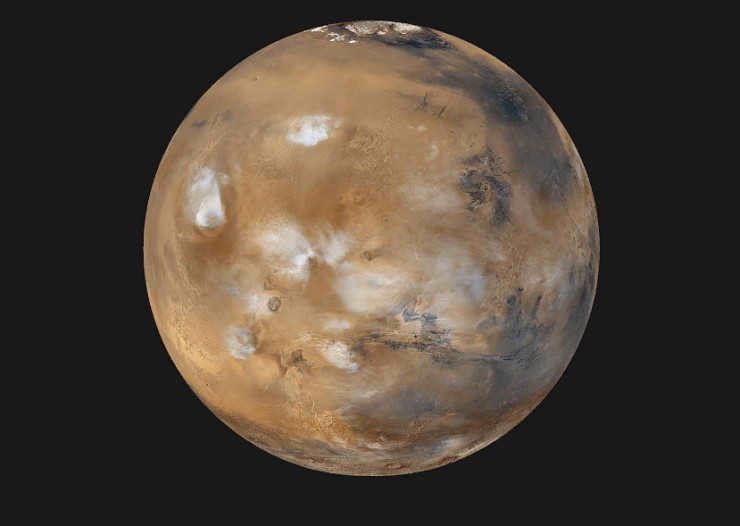
There are countless aspirations that humanity holds for this celestial body! Vast collections of fictional works have been composed regarding expeditions to Mars and encounters with extraterrestrial inhabitants! These Martians are depicted by authors as both righteous and malevolent, surpassing us in intellect, yet also more primitive in nature.
It must be acknowledged that scientists provided the inspiration for these writers, as in the late 19th century, they earnestly discussed the potential for life on Mars and the existence of intelligent beings inhabiting the planet.
Nowadays, it is widely accepted that Mars is unsuitable for life due to its sparsely populated atmosphere, limited water resources, and cold weather. However, there is still a lingering sense of intrigue surrounding the topic. Scientific calculations suggest that Mars was not always in this state. Millions and billions of years ago, the planet had a denser atmosphere and a more moderate climate, with liquid water flowing across its surface. Fascinatingly, meteorites from Mars discovered on Earth occasionally contain fossils resembling bacterial organisms found on our own planet. While it has yet to be definitively proven, these fossils could potentially be evidence of ancient microorganisms.
In an effort to unravel the mystery of life on Mars, the Curiosity rover is currently conducting investigations on the planet’s surface.
A tempest of extraterrestrial substances: the Martian dust tornado
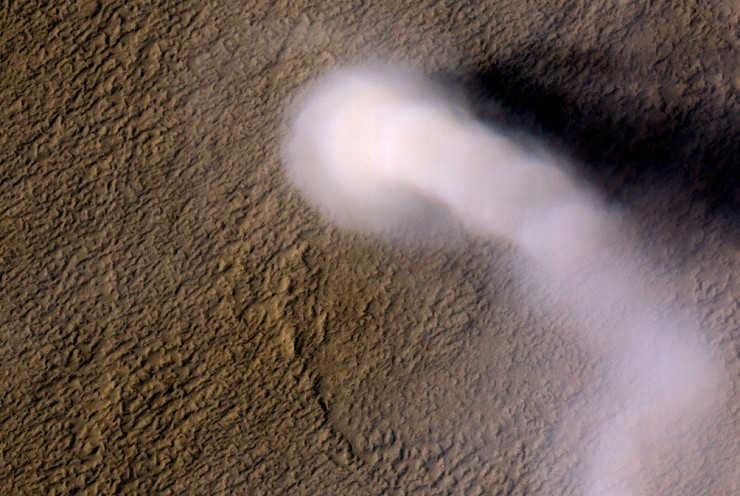
It may appear peculiar, but at times we possess a more in-depth understanding of the surface of other celestial bodies in our solar system than we do of our own planet, despite the fact that it can be observed from space. The rationale behind this is that Earth is blanketed by oceans and forests, and its relatively dense atmosphere also presents obstacles.
Mars, which has had various spacecraft continuously operating in its orbit and on its surface for the past few decades, has been extensively examined and photographed. The Mars Reconnaissance Orbiter enables us to capture even the tiniest details from its orbit, with a size resolution as small as 30 centimeters.
Nevertheless, there are occasions when the observation vehicles encounter interference. The atmosphere of Mars, although thin, is turbulent. Occasionally, dust storms arise, engulfing the entire planet! Enormous dust whirlwinds, comparable in size to tornadoes on Earth, sweep across the Martian surface. The Red Planet is anything but a stagnant world.
Mariner’s Valley: an enormous ravine on the crimson planet.
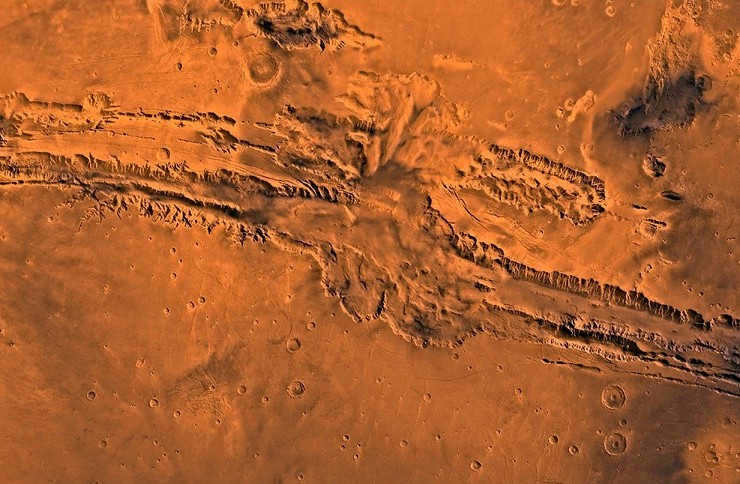
The Grand Canyon in Arizona, USA is well-known to many people. It is formed by the Colorado River and spans almost 500 km in length, with a width of up to 30 km and a depth of 1300 m.
However, Mars, despite being smaller than our planet, boasts an even more magnificent natural wonder. The massive crevice captured in the photographs extends for nearly two-thirds of the Martian disk’s diameter. It stretches over 3000 km in length and is 800 km wide, surpassing the entire length of the Arizona canyon. In terms of depth, it reaches an astounding 11 km. Most scientists theorize that this crevice formed billions of years ago during Mars’ early cooling period and was subsequently widened through erosion processes.
Examining Vesta: A Detailed Look at an Asteroid
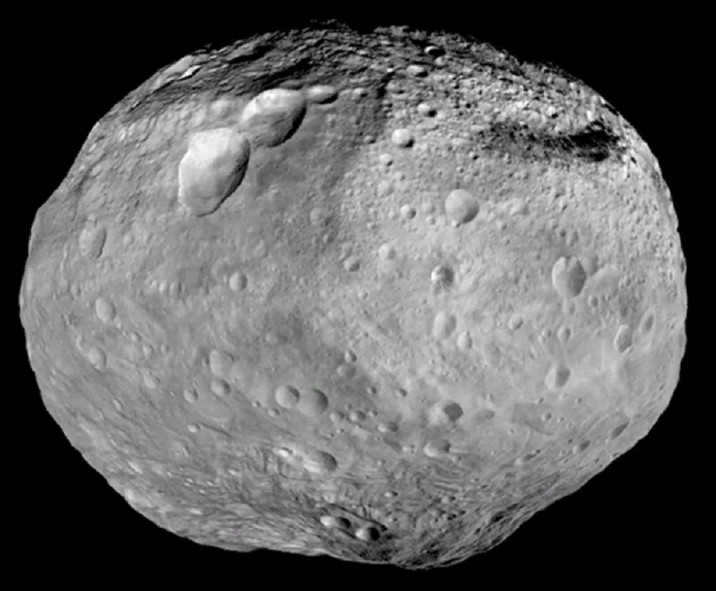
There are numerous small celestial objects known as asteroids that traverse the vast expanse of the solar system. These objects have irregular shapes but can reach diameters of up to 500 kilometers, just like Vesta.
Vesta, which was discovered in 1807, is the fourth most recently found asteroid. It is also the brightest among them. It has an orbital period of 1,325 days (equivalent to 3.6 years) and a rotational period of 5.3 hours. On average, it is located at a distance of 353,201,000 kilometers from the Sun (equivalent to 2.4 astronomical units). Its diameter measures 530 kilometers (or 578×560×458 kilometers) and its mass is estimated to be 2.59 × 10^20 kilograms. When Vesta is closest to Earth, it shines with the brightness of a 5th magnitude star and can be seen with the naked eye in a dark sky.
Among asteroids, Vesta is the second largest in terms of size, surpassed only by Pallada. However, due to its spherical shape, Ceres is no longer classified as an asteroid but as a dwarf planet in the new classification system devised by scientists.
In 2011-2012, the spacecraft Dawn (“Dawn”) operated in the vicinity of Vesta and sent back to Earth its detailed images. The impact craters on these images are named after Vestaloki – the priestesses of the Roman goddess Vesta, after whom the asteroid is named.
Jupiter: the biggest planet
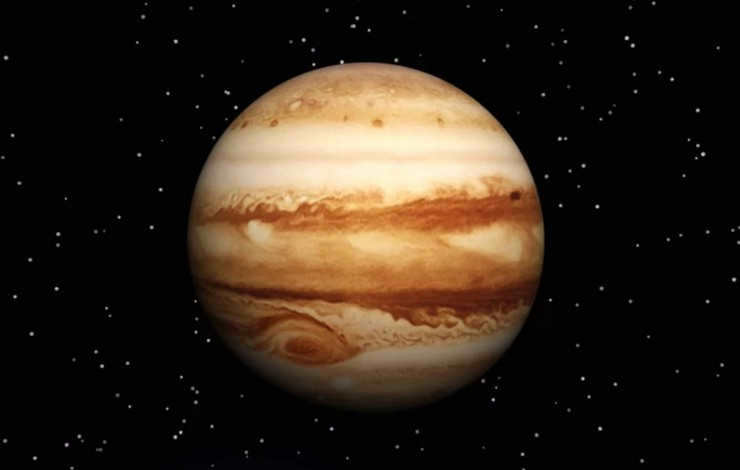
Jupiter, the largest planet in our solar system, is about 11 times bigger than Earth. Unlike Earth, Jupiter does not have a solid surface. Instead, it is mostly composed of hydrogen, helium, and ammonia gases. Beneath these gases, there are layers of liquid and metallic hydrogen, and potentially, a solid rocky core.
Due to its unique composition, Jupiter is classified as a giant planet, along with Saturn, Uranus, and Neptune. Some also consider Jupiter to be a “failed star” because it lacks the necessary size and mass to undergo thermonuclear reactions in its core.
The Incredible Red Spot: an Unprecedented Vortex
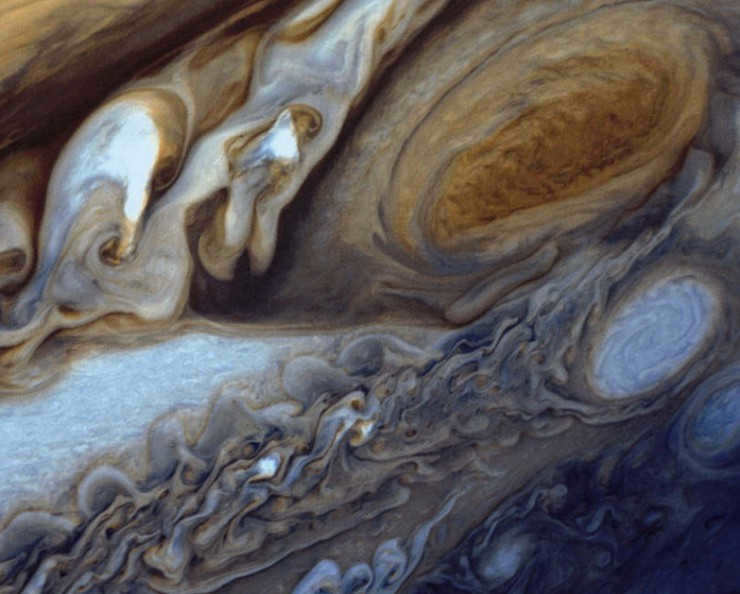
On our planet, weather events are a symbol of unpredictability. Calm can quickly turn into storms, and droughts can be followed by rain. While tropical hurricanes can bring devastation, they eventually dissipate. However, in Jupiter’s atmosphere, there is a hurricane-like storm that has been raging for over three and a half centuries, known as the Great Red Spot.
First observed by Giovanni Cassini in 1665, this massive cloud vortex has been continuously monitored by astronomers. It undergoes constant changes, gradually shrinking and fading. Nevertheless, it remains significantly larger than Earth, with wind speeds inside the vortex exceeding 500 km/h.
There exist additional long-lasting hurricanes on Jupiter. Several of them have been documented for many years. These spots often collide, occasionally combining or dispersing as a unit. The exact process of their formation and behavior remains largely enigmatic.
Io: massive volcanoes on a diminutive moon.
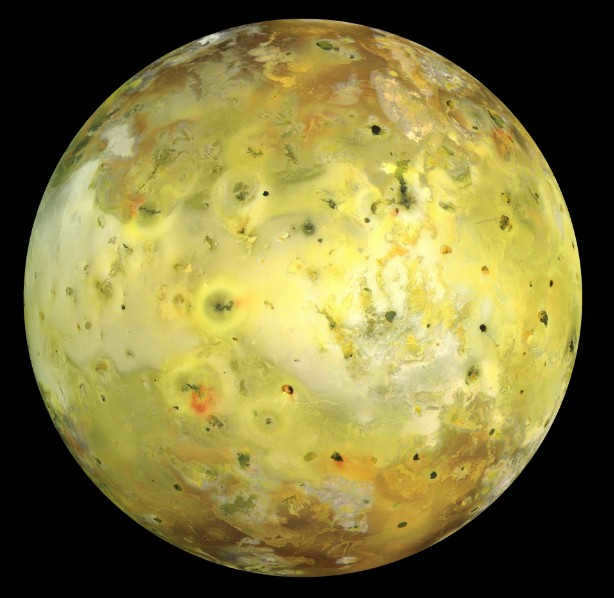
Jupiter resides in a region of our solar system that is quite distant from the Sun. It might be expected that its moons would be frozen and motionless. However, one of Jupiter’s moons is actually considered the most active place in the entire solar system. Io, which is slightly larger than our Moon, is the closest large moon to Jupiter. This small celestial body is home to over 400 active volcanoes. These volcanoes spew out sulfur, with emissions reaching heights of up to 500 kilometers. The lava flows can stretch just as far. As a result of the moon’s crust being compressed, some of the mountains that have formed are even taller than Mount Everest on Earth.
Friction, caused by tidal action from Jupiter’s large satellites (Europa, Ganymede, Callisto) and the warming effect of Io, is believed by most scientists to be the main reason for such extraordinary activity.
Europa: a hidden oasis beneath the icy surface of the cosmos
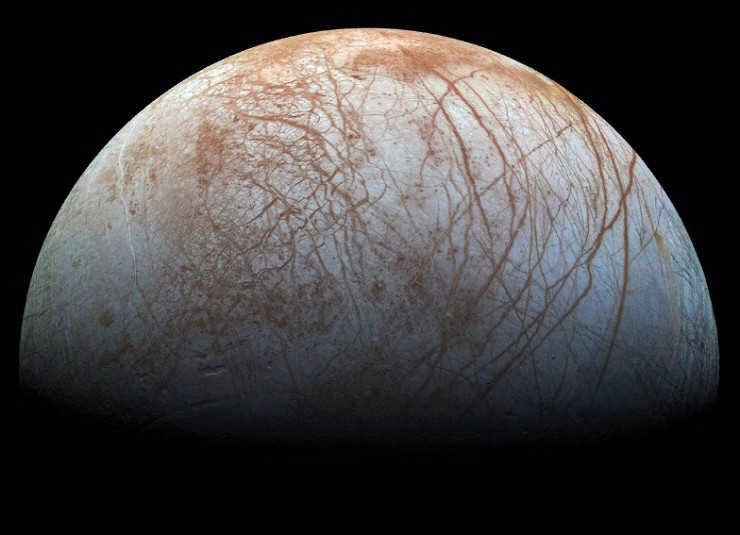
Europa, one of Jupiter’s moons, is named after a Phoenician princess from ancient mythology who was beloved by Zeus-Jupiter. Interestingly, the name Europa is also given to a terrestrial entity.
Scientists have recently become fascinated with Europa. There is compelling evidence suggesting that beneath its thick icy crust lies a vast ocean of liquid water. This presence of water is believed to be a result of the satellite’s interior being heated by tidal forces, similar to the forces that cause volcanic activity on Io. The icy covering on Europa is estimated to be 10-30 km thick, while the depth of the ocean is estimated to be around 100 km. In total, the volume of Europa’s ocean is calculated to be twice the size of Earth’s oceans.
There is a hopeful belief among optimists that the ocean might be home to some form of life. However, skeptics raise valid concerns, suggesting that the water could potentially contain substances that are harmful to life, or that it may be too cold or too salty to support any living organisms. Only further research will provide the necessary answers and clarify the true nature of the ocean.
Saturn: A Planet of Unparalleled Spectacle
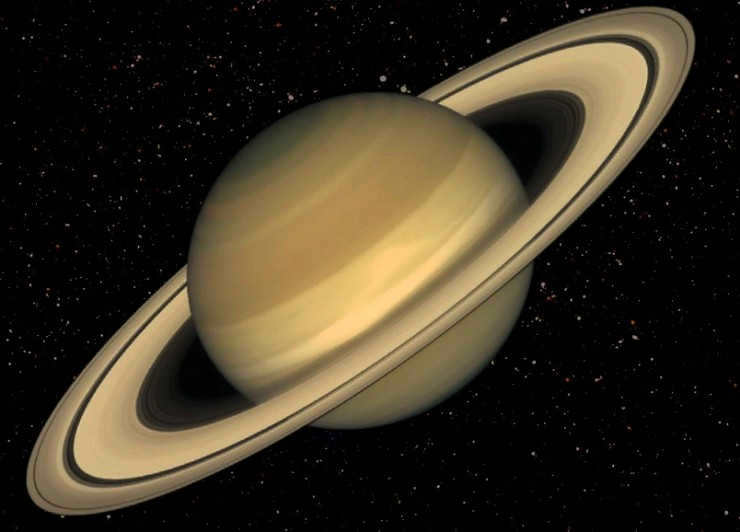
Saturn is well-known to the general population due to its impressive visual appearance. It possesses the most prominent ring system among all the planets in our solar system (although all gas giants have thin rings). These rings consist of billions of minuscule particles that orbit the planet, forming a collection of microsatellites. Composed mostly of ice with some rock particles mixed in, the rings add to Saturn’s allure.
Despite being the second largest planet in terms of size and mass in our solar system, Saturn stands out from the rest as the only planet with an average density lower than that of water. The difference in size between Saturn’s equatorial and polar radii can be attributed to the planet’s high rotation speed and low density as a gas giant. Even amateur astronomers can observe the noticeable flattening of Saturn at its poles. Additionally, Saturn’s polar regions exhibit incredibly powerful auroras, making them the most spectacular phenomena in our entire solar system.
Titan: reserves of methane and precipitation
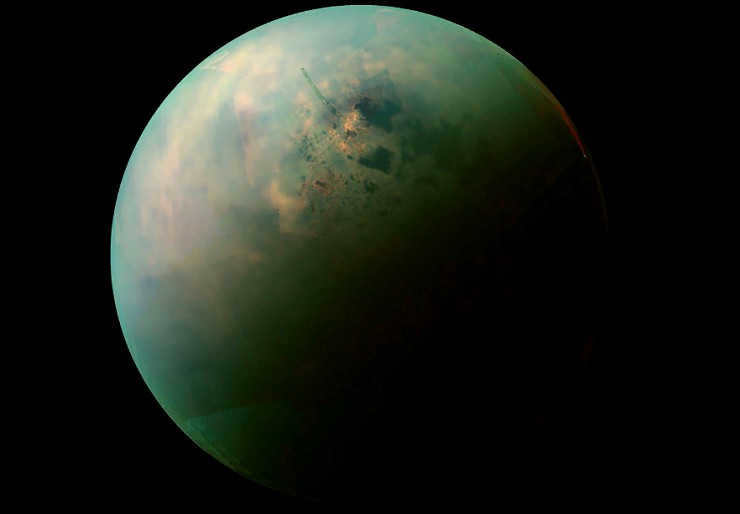
Titan, an astronomical body, stands out among other celestial bodies due to its remarkable characteristics. It is noteworthy that Titan is one of the largest satellites in the entire Solar System, surpassing not only the size of the Moon but also the planet Mercury. Only Ganymede, a moon of Jupiter, exceeds Titan’s dimensions.
However, what truly sets Titan apart is its dense atmosphere, which distinguishes it from all other satellites. No other celestial body has such a visually prominent gas envelope. Titan’s atmosphere is so dense that it obstructs observations of its surface relief. Additionally, the atmospheric pressure on Titan’s surface is 1.5 times higher than that on Earth.
The composition of the atmosphere on Titan primarily consists of nitrogen along with methane and argon. Due to the extremely low temperatures on this celestial body, which can reach as low as -179.5 °C, gases exist in solid and liquid forms. Methane clouds can be observed floating in Titan’s atmosphere, and the surface experiences precipitation in the form of methane-ethane snow and rain. Additionally, Titan is home to methane lakes that are comparable in size to the Caspian Sea. Despite the unique and exotic conditions on Titan, some scientists speculate that life may still be possible on this moon, potentially supported by methane, and even the potential for future life development.
Enceladus: an icy moon with geysers
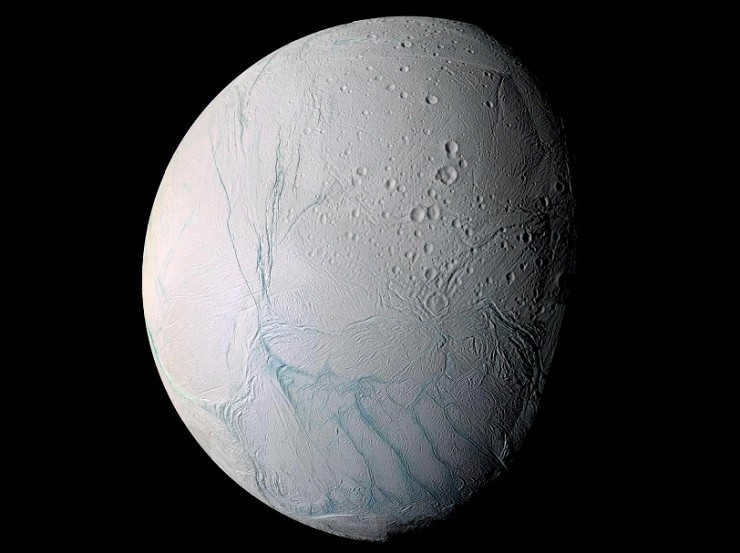
The existence of life on Earth is closely tied to the presence of water, which is why scientists are actively searching for signs of life in areas where liquid water can be found. Unfortunately, Mars has very little liquid water, and on Europa, it is buried under a thick layer of ice that is several kilometers deep.
However, to their astonishment, liquid water has been detected in unexpected locations. Enceladus, a small moon of Saturn measuring just 500 kilometers in diameter, exhibits a surface characterized by flat plains and prominent ridges, which strongly suggests the presence of an underlying ocean beneath its icy crust. Adding to the surprise, geysers have also been observed on Enceladus, ejecting water into space. This discovery has once again prompted questions about the potential for life. Previously, it was never anticipated that such a tiny celestial body could harbor life. The Cassini mission’s findings indicate that the composition of the water on Enceladus closely resembles that of Earth’s.
Mimas: the tiniest sphere
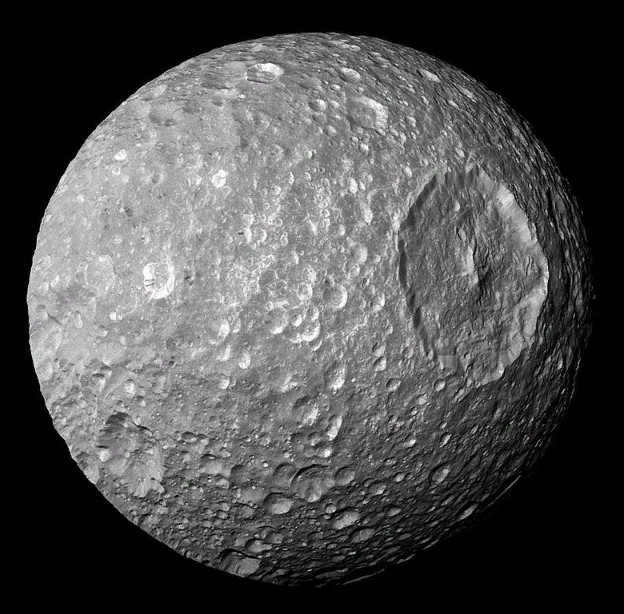
Currently, the classification of a celestial object as a planet or dwarf planet is determined, in part, by its shape – it must be spherical and formed under the influence of its own gravity. Anything that does not have a spherical shape is considered an asteroid. Due to this criterion, celestial bodies of similar sizes, such as Ceres and Pallada, are classified differently.
Mimas, one of Saturn’s moons, has a diameter of only about 400 kilometers. Despite its small size, it has a relatively round shape, except for its cratered surface and one particular crater – which is remarkably large even for a larger planet, but on Mimas it covers almost half of the moon’s surface. It is believed that this crater is the result of a collision with an asteroid. This impressive crater was named after the astronomer William Herschel, who discovered Mimas.
Uranus: the celestial body that deceived scientists.
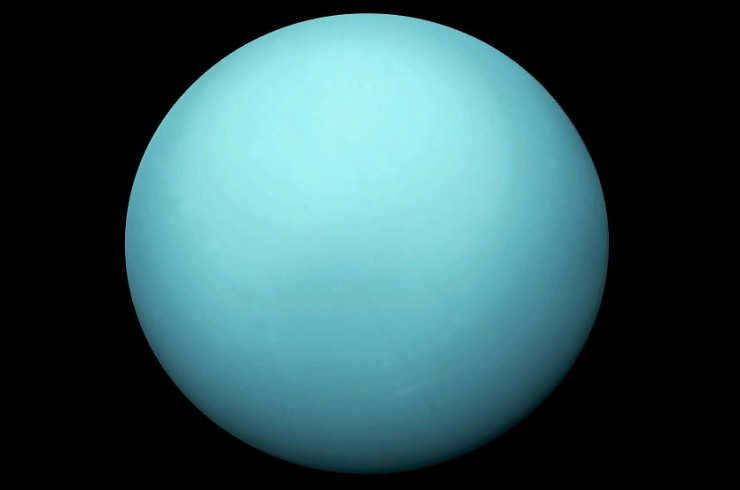
Uranus, the seventh planet from the Sun, can be seen with the naked eye due to its apparent brightness, which ranges from the 5th to the 6th stellar magnitude. Despite its faintness, Uranus is often mistaken for a star by astronomers observing it through telescopes. As a result, it has been recorded in star catalogs under different numbers. The planet’s disk is only visible at high magnifications, which has caused further confusion.
The planet was first sighted by the renowned British observational astronomer William Herschel back in 1781. Uranus is classified as a gas giant, although it is slightly smaller in size compared to Jupiter and Saturn. It is believed that Uranus lacks a solid surface. The atmosphere of the planet is relatively calm: when compared to Jupiter, Saturn, and even the similar Neptune, it displays fewer distinct features, streaks, and whirls. This phenomenon could be attributed to Uranus’ extremely low temperatures, reaching as low as -224 °C, which makes it even colder than the more distant Neptune and Pluto. However, the exact reason for this remains unknown.
Neptune: the farthest planet in our solar system
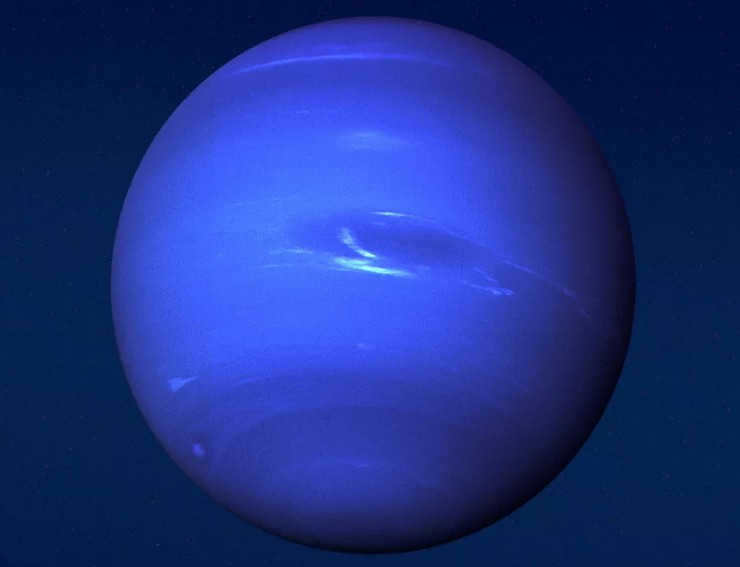
With Pluto now classified as a dwarf planet, Neptune holds the title of being the farthest major planet in our solar system. This fascinating giant gas planet has an intriguing backstory. After the discovery of Uranus by William Herschel, astronomers noticed irregularities in its calculated orbit. It was theorized that the gravitational pull of an unknown planet was affecting Uranus’ motion. Mathematicians John Adams and Urbain Leverrier used calculations to determine the orbit and position of this mystery planet in the sky – and on September 23, 1846, it was finally located. The credit for the discovery of this new planet goes to Johann Gottfried Galle, an astronomer at the Berlin Observatory.
Neptune bears a striking resemblance to Uranus, although its atmosphere is considerably more dynamic. Frequent occurrences of cloud bands and swirls are observed on this celestial body. Moreover, it boasts incredibly powerful winds, reaching speeds of up to 600 km/h.
These remote gas giants have received limited attention from space probes. The Voyager 2 spacecraft only flew by them in 1986 and 1989.
Pluto: the fraudulent planet
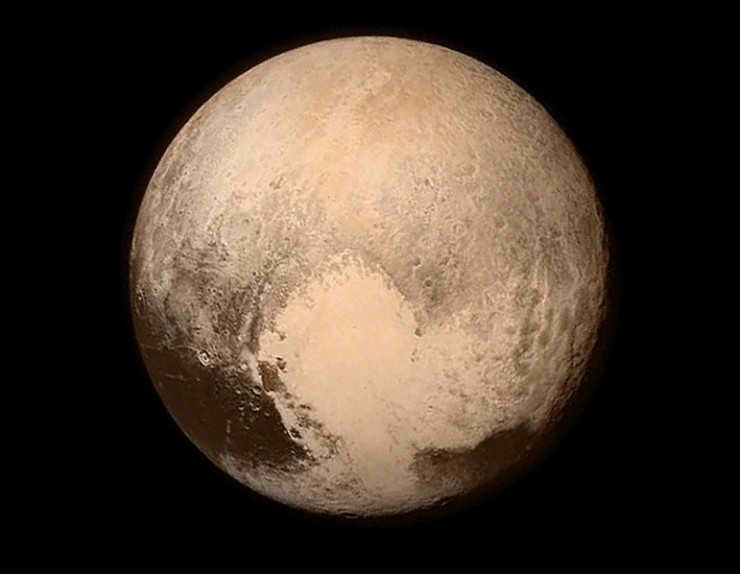
The journey of Pluto in the field of astronomy has been filled with highs and lows. In the early 20th century, researchers were on the hunt for “planet X,” the hypothetical planet that could explain the remaining irregularities in Uranus’ orbit. And so, on March 13, 1930, Pluto was discovered near the predicted region of the sky. However, it soon became clear that Pluto was too small to have any significant influence on Uranus, and the irregularities in Uranus’ orbit were later attributed to an incorrect determination of Neptune’s mass. Subsequently, in 2006, scientists reclassified Pluto as a dwarf planet, removing its status as a full-fledged planet. The distinction between dwarf planets and asteroids lies in their spherical shape and their inability to clear other large bodies from their orbital paths through their gravitational pull.
Pluto is too tiny and too far away for us to have a definitive picture of its exterior. The AMS New Horizons spacecraft is on its way to meet up with Pluto and is projected to arrive in 2015. The mission’s objective is to carry out research on Pluto and its biggest moon, Charon.
Comet Hale-Bopp: a comet that goes the distance
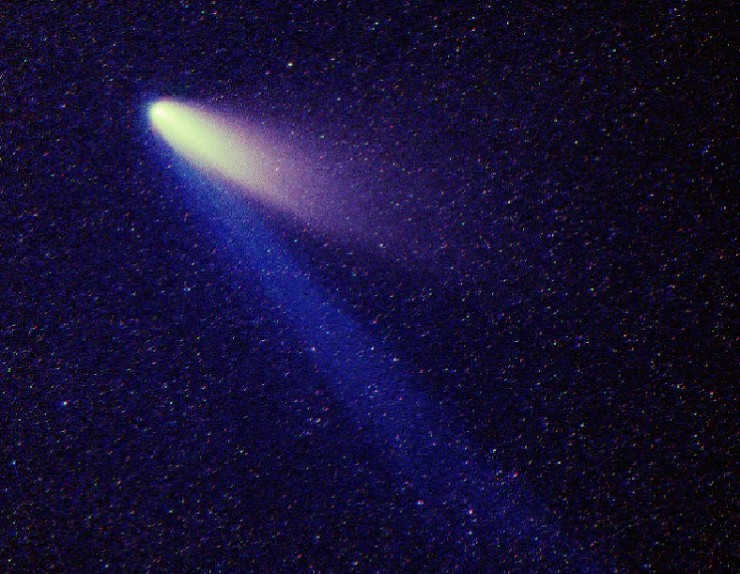
Comet ISON: dashed expectations
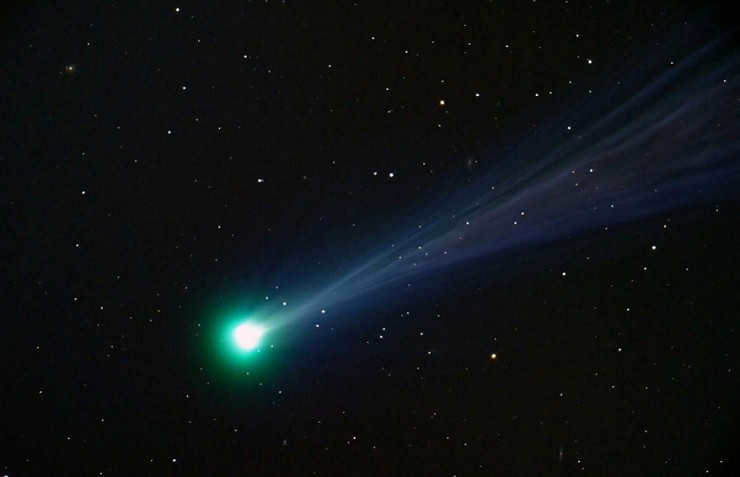
The capricious nature of comets often plays a cruel trick on scientists and the public hungry for excitement. Comet ISON was first spotted in 2012 by astronomers V. Nevsky from Belarus and A. Novichonok from Russia. In November 2013, it was expected to approach the Sun. Based on what was known about the comet, some scientists speculated that it could become incredibly bright, shining as brightly as the full Moon and even visible during the day. However, doubts about the accuracy of these predictions arose at the beginning of 2013, as the comet failed to increase in brightness. Nevertheless, the media had already dubbed it the “comet of the century.”
In November, the comet started to ignite once again and in the weeks leading up to its approach to the Sun, it became visible to the naked eye, although it was challenging to spot it amidst the morning dawn. It was anticipated that, similar to previous comets, it would put on a remarkable display after passing perihelion. However, on November 28, when it was only 1 million km away from the Sun’s surface, the comet disintegrated. Now, only tiny dust particles remain in its orbit.
Comet McNaught: an unexpected burst of light.
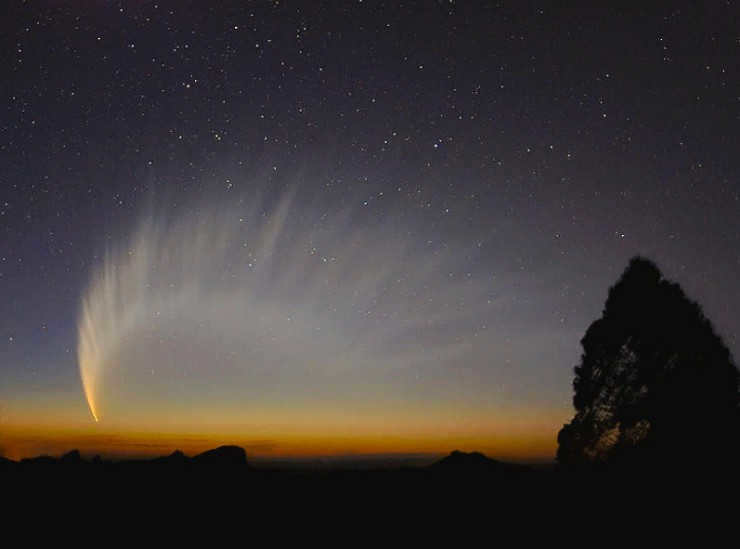
Comets are highly unpredictable celestial bodies. Foreseeing their luminosity and behavior as they approach the Sun is quite challenging.
This particular comet was identified in 2006 and given the name of its discoverer, Robert McNaught. It was anticipated to be visible with the naked eye, but its brightness fell short of expectations. However, as it neared the Sun, the comet started to intensify in brilliance at a much faster pace than what scientists had projected. In January 2007, its luminosity surpassed that of Venus for a certain period. The comet provided a breathtaking spectacle for those residing in the southern hemisphere of the Earth, as it stretched a massive curved tail across the sky.
Comet paths are highly elongated conic curves: ellipses, parabolas, and hyperbolas. It is not unusual for a comet to come near the Sun once and then orbit around it, only to never return. This was the case for McNaught’s comet. However, the gravitational pull of the Sun and planets altered its trajectory, and now it will orbit around the Sun with an enormous period of approximately 92,000 years.
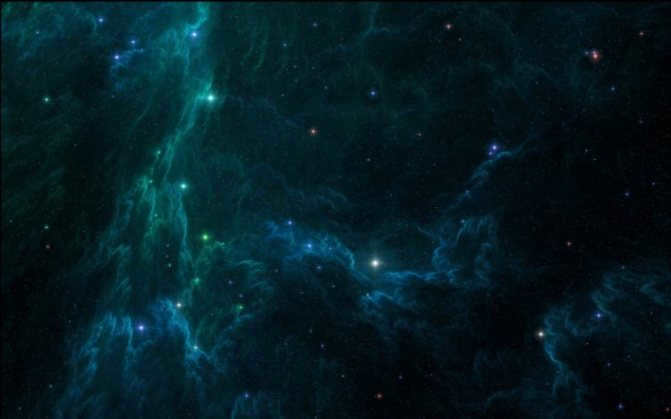
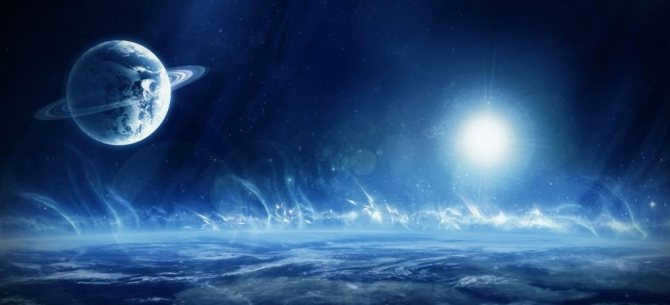
Extraordinary celestial objects: the fusion of galaxies IRAS F23128-5919.
Black holes have the ability to annihilate everything in their vicinity, but they also possess the power to generate something new. Recently, scientists made a groundbreaking observation of stars being born from a massive outpouring of matter originating from a supermassive black hole located 600 million light-years away from our planet. Traditionally, researchers had believed that stars were formed from relatively tranquil gas clouds (comparable to a stellar cradle), but now it has been confirmed that stars can also be created in the more hostile environment of black holes. The specific black hole in question is situated within the region where two merging galaxies, collectively referred to as IRAS F23128-5919, are found.
What is the definition of celestial bodies?
Celestial bodies are entities that populate the vast expanse of the universe. These entities encompass a variety of astronomical objects, including comets, planets, meteorites, asteroids, and stars, all of which are assigned names.
The field of astronomy primarily focuses on the study of these cosmic celestial bodies.
The sizes of celestial bodies found within the universe span a wide range, from immense to minuscule.
The structure of the stellar system is examined using the example of the Solar System. Planets orbit around the star (the Sun). These celestial bodies have their own natural satellites, as well as dust rings. Additionally, an asteroid belt has formed between Mars and Jupiter.
On October 30, 2020, residents of Sverdlovsk will have the opportunity to observe the asteroid Irida. Scientific calculations indicate that this asteroid from the main asteroid belt will come close to Earth at a distance of 127 million kilometers.
Through spectral analysis and the application of fundamental laws of physics, it has been determined that the Sun is composed of gases. When observed through a telescope, the Sun appears as granules on its photosphere, creating a gaseous cloud. As the sole star in the system, it generates and emits two types of energy. Scientific calculations estimate that the Sun’s diameter is 109 times larger than that of Earth.
In the early 2010s, the world was consumed by yet another doomsday hysteria. Rumors were spreading that a “devil planet” called Nibiru was causing the apocalypse. It was believed that the Earth would experience a shift in its magnetic poles due to its position between Nibiru and the Sun.
Today, information about Nibiru has taken a backseat and is not supported by scientific evidence. However, there are still claims that Nibiru has already passed by or through our planet, resulting in significant changes to its physical properties such as size reduction or dramatic alterations in density.
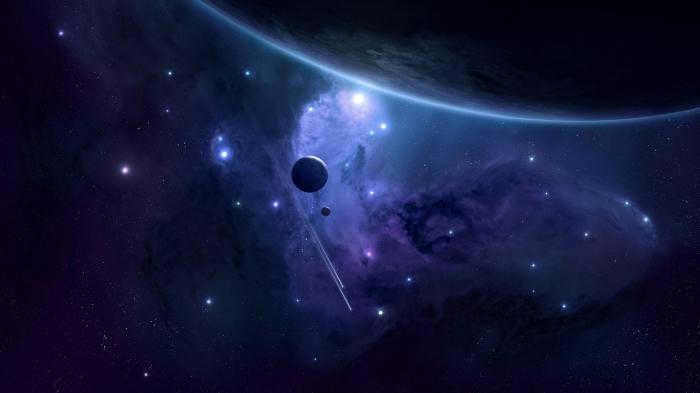
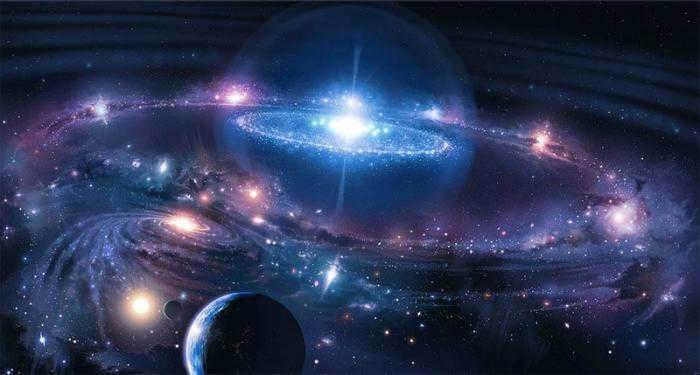
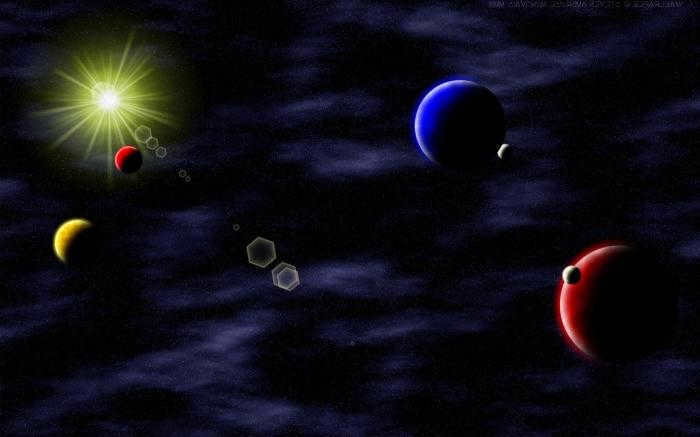
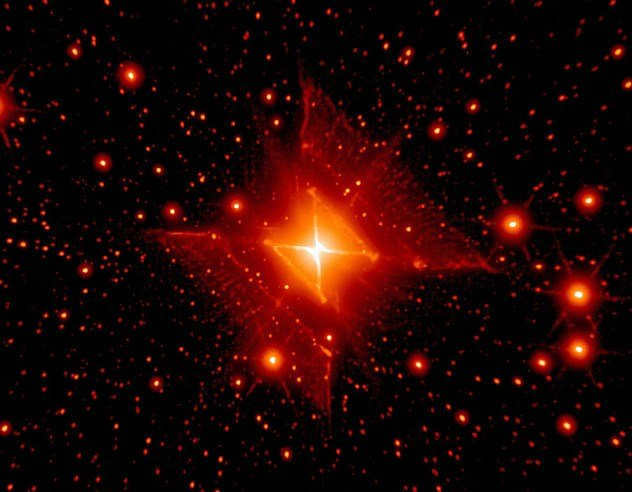
In space, most objects are typically round in shape. This includes planets, stars, galaxies, and even the paths of orbits, which all resemble circles. However, there is one exception to this rule – the Red Square Nebula. Unlike its counterparts, this cloud of gas has a unique square shape. Naturally, astronomers were taken aback by this discovery, as square objects are not commonly found in space.
Upon closer examination, though, it becomes apparent that the nebula is not truly square. If you examine the image closely, you’ll notice that the shape is actually formed by the intersection of two cones. However, it’s worth noting that cones are not a common sight in the night sky either. This hourglass-shaped nebula emits a strong and vibrant glow, thanks to a bright star located right at its center – where the two cones meet. It is possible that this star underwent a supernova explosion, causing the rings at the base of the cones to radiate with even greater intensity.
What are the celestial bodies that compose the solar system?
The solar system consists of the Sun and eight planets along with their moons, the space between the planets, and asteroids, or small planets, divided into two belts-the inner, or main, belt and the outer, or Kuiper, belt. The biggest planet in the Kuiper belt is Pluto. This classification provides a definitive response to the query: what is the total number of major planets in the solar system?
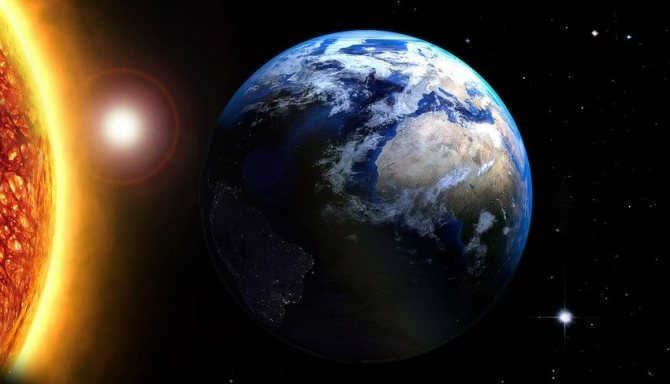
The classification of celestial bodies in the solar system is categorized into two main groups: terrestrial planets and Jupiterian planets.
Each terrestrial planet shares a common structure and chemical composition, consisting of a core, mantle, and crust. This similarity allows for the study of atmospheric formation processes on the inner group of planets.
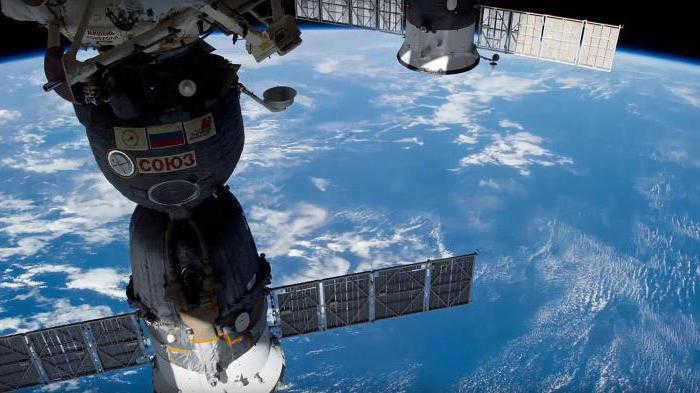
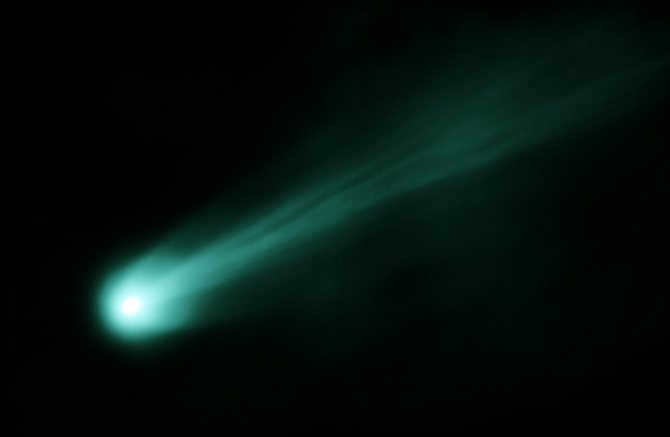


A remarkable celestial object: the planet GJ 1132b.
GJ 1132b, a planet the size of Venus, is situated 39 light-years away and holds the title for being the most distant planet with a confirmed atmosphere from Earth. It possesses a mass 1.6 times larger than that of Earth and orbits in close proximity to a red dwarf star that is 5 times smaller than the Sun and significantly dimmer. The planet completes one orbit around its star every 1.6 days.
Upon observing this planet, astronomers have detected signs of a dense atmosphere abundant in hydrogen and methane. Regrettably, the extreme temperatures of GJ 1132b’s upper atmosphere, estimated to be around 260 °C, and the presence of scorching steam near its surface, which reaches temperatures of approximately 370 °C, make it highly unlikely for life to exist.
The laws of physics govern the descent of celestial bodies
The Earth moves at a velocity of 30 km/s and, in conjunction with the Sun’s movement relative to the center of the galaxy, has the potential to cause a global catastrophe. Occasionally, the paths of planets intersect with the trajectories of other cosmic entities, posing a threat of impact on our planet. The repercussions of such collisions or impacts on Earth can be devastating, resulting in massive explosions, the release of immense energy, and even the occurrence of powerful earthquakes.
The prevention of these cosmic catastrophes is achievable through global collaboration and the combined efforts of the international community.
When developing protection and defense systems, it is important to consider that the protocols for dealing with space attacks must accommodate the emergence of phenomena that are currently unfamiliar to humanity.
The Fatal Consequences of Being Consumed by a Black Hole
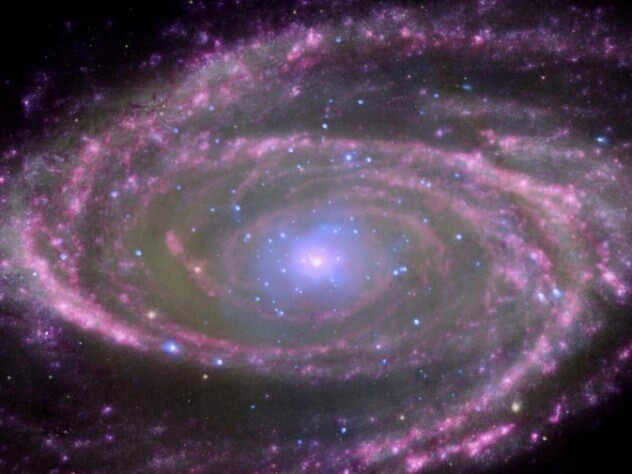
What defines a celestial body? What are its essential characteristics?
When it comes to celestial bodies, the Earth stands out as a unique cosmic entity that has the ability to reflect light.
In the vastness of the solar system, there are numerous celestial bodies that also possess the ability to reflect starlight. But what exactly qualifies as a celestial body? The answer encompasses a wide range of objects, including both large, highly visible entities and much smaller, even minuscule ones. For instance, cosmic dust, which is formed from gas emissions following planetary explosions, represents the tiniest of space objects, measuring just 100 microns in size.
Astronomical objects exhibit diverse characteristics, including variations in size, shape, and proximity to the Sun. To facilitate classification, certain objects are often grouped together based on their similarities.
Brain Cells and the Cosmos
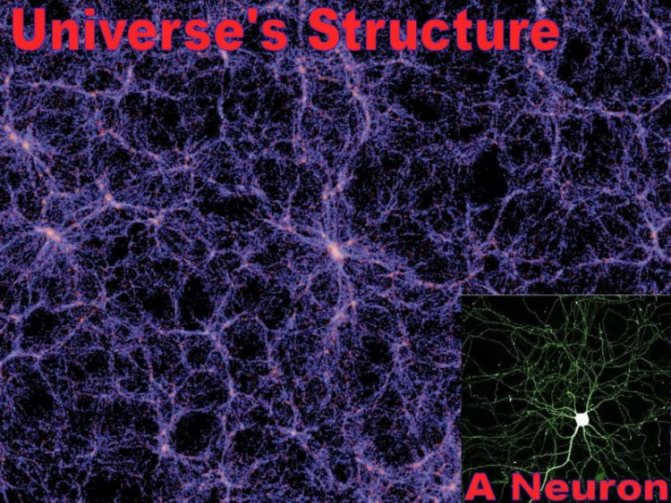
A group of scientists recently conducted a fascinating experiment, simulating the birth of the universe. They recreated the Big Bang and traced the subsequent events that led to the formation of galaxies, stars, and dark matter. The simulation revealed a cluster of densely packed galaxies, shining brightly in yellow, surrounded by less dense galaxies and other celestial objects. The intricate interconnections between these celestial bodies reminded me of an interesting study conducted by a student from Brandeis University. This student examined the interconnectivity of neurons in a mouse brain by carefully observing thin plates of brain tissue under a microscope. The resulting image displayed yellow neurons, symbolizing the individual units of the brain, interconnected by a network of red connections. It’s fascinating to see how the patterns in the universe and the brain mirror each other in such a striking way.
Despite their vast difference in scale (nanometers and light-years), the two images bear a striking resemblance. Is this a common occurrence of fractal recursion in nature, or is the universe truly a brain cell within another expansive universe?
What types of cosmic bodies exist within our galaxy?
Our galaxy is teeming with a multitude of cosmic entities. All galaxies are voids filled with various astronomical formations. From studying astronomy, we are familiar with stars, planets, and satellites. However, there are many types of interplanetary fillers: nebulae, star clusters, galaxies, largely unexplored quasars, pulsars, and black holes.
Among the most significant astronomical bodies are stars, which are hot, light-emitting objects. They can be further categorized as either large or small. Depending on their spectrum, they can be brown or white dwarfs, variable stars, or red giants.
There are two main categories of celestial objects: those that emit energy (such as stars) and those that do not (like space dust, meteorites, comets, and planets).
Every celestial body possesses its unique set of characteristics.
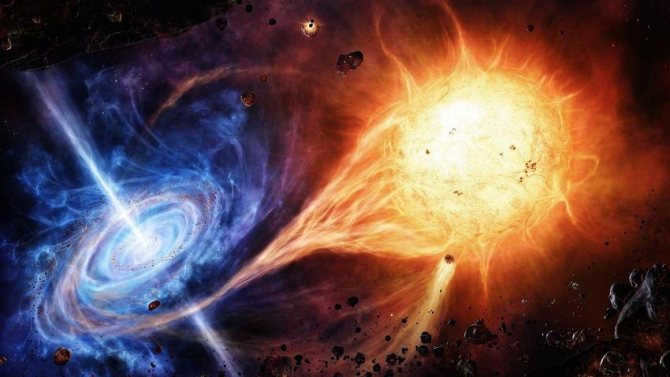
Classification of celestial bodies in our solar system based on their composition:
Artificial space objects consist of manned spacecraft, inhabited orbital stations, and inhabited stations on celestial bodies.
A unique discovery: Charon, a small satellite with extraordinary features
Charon, the satellite of Pluto, is an anomalous celestial body that has left astronomers puzzled. Measuring only 1,200 kilometers in diameter, which is half the size of Pluto, it was expected to be a typical small celestial body with numerous craters. However, the New Horizons spacecraft captured an image that revealed a completely different landscape.
Charon appeared as a dim red satellite with a complex system of canyons, mountains, and even evidence of landslides. This unexpected terrain included flat regions that raised the possibility of cryovolcanoes, which are volcanoes that spew ice instead of lava. These cryovolcanoes could explain the flattened areas of the landscape.
Another surprising feature of Charon is its extensive network of faults, spanning a distance of 1600 kilometers and covering the entire surface of the satellite. Some of these faults are even deeper than the Grand Canyon and four times longer. These unique characteristics make Charon a fascinating celestial body that continues to intrigue scientists.
Curious information about celestial objects
Did you know that on Mercury, the Sun appears to move in the opposite direction? It’s true! Another fascinating fact is that scientists believe they may discover Earth bacteria in the atmosphere of Venus. As for our own planet, did you know that Earth zooms around the Sun at a mind-boggling speed of 108,000 kilometers per hour? That’s pretty impressive! Moving on to Mars, this red planet boasts not just one, but two satellites. Jupiter, on the other hand, has a whopping 60 satellites and five rings. Now that’s a busy planet! Speaking of rings, did you know that Saturn actually shrinks at its poles due to its rapid rotation? It’s true! And here’s a mind-bending fact: both Uranus and Venus actually orbit the Sun in the opposite direction of most other planets. Finally, let’s talk about Neptune, which is known for its stunning phenomenon known as the northern lights. Isn’t space incredible?
Speaking of cosmic bodies, did you know that a star is a scorching hot gaseous object where thermonuclear reactions occur? It’s true! Stars are truly fascinating and awe-inspiring.
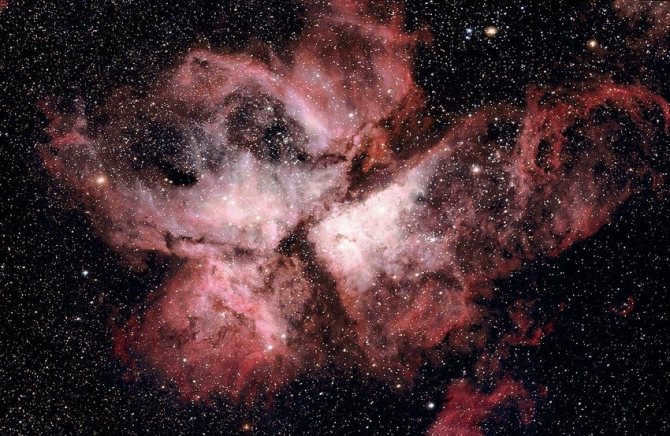
Cold stars are brown dwarfs that lack sufficient energy. Adding to the collection of astronomical discoveries is a frigid star located in the Volopassus constellation, known as CFBDSIR 1458 10ab.
White dwarfs are celestial bodies with cooled surfaces, devoid of ongoing thermonuclear processes, composed of dense matter.
Hot stars are celestial luminaries that emit blue light.
The main star within the Beetle Nebula has a temperature of -200,000 degrees Celsius.
Comets, amorphous space formations left by meteorites, bolides, and various remnants of artificial satellites that enter the Earth’s atmosphere can leave a glowing trail in the sky.
Asteroids are occasionally categorized as small planets. In actuality, they bear resemblance to dim stars because of their active light reflection. The largest known asteroid in the cosmos is thought to be Cercera, located in the constellation of Canis Major.
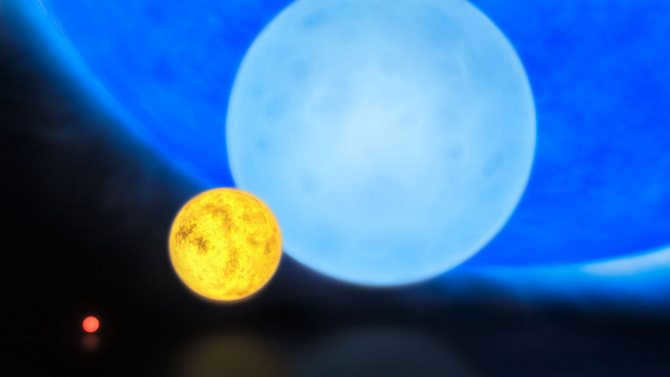
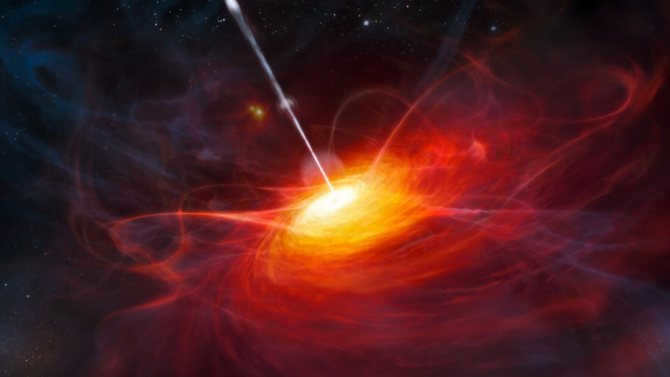
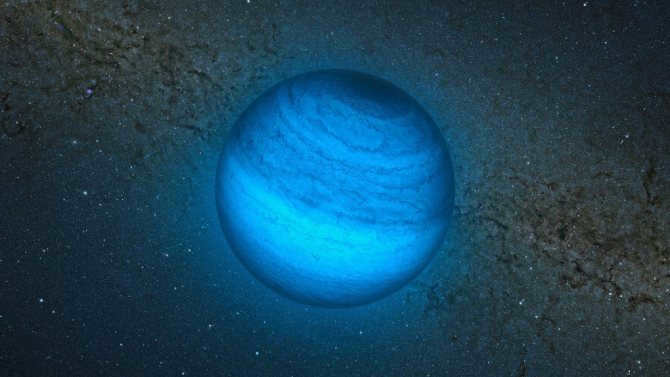
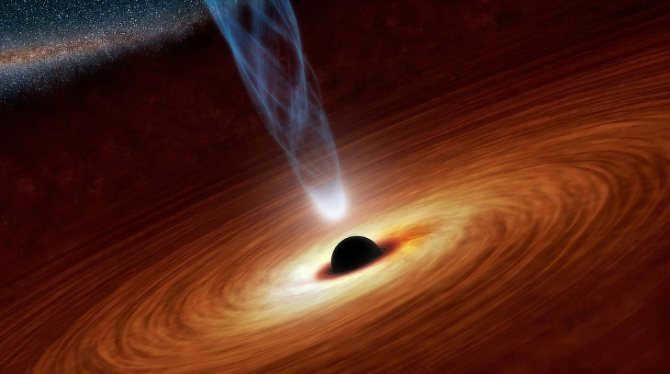

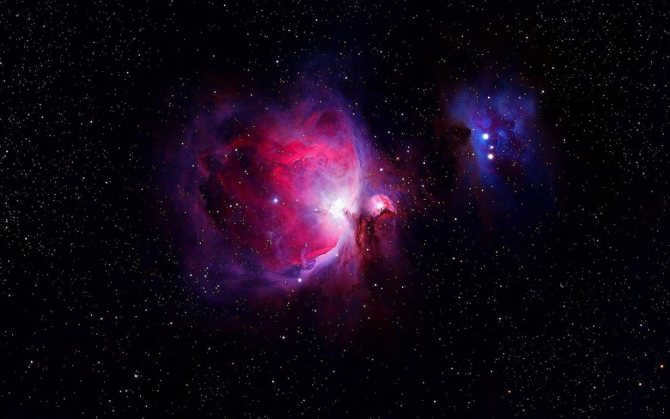
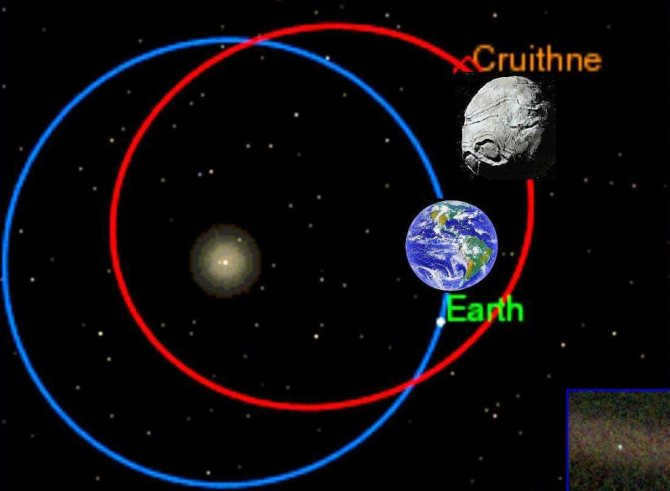
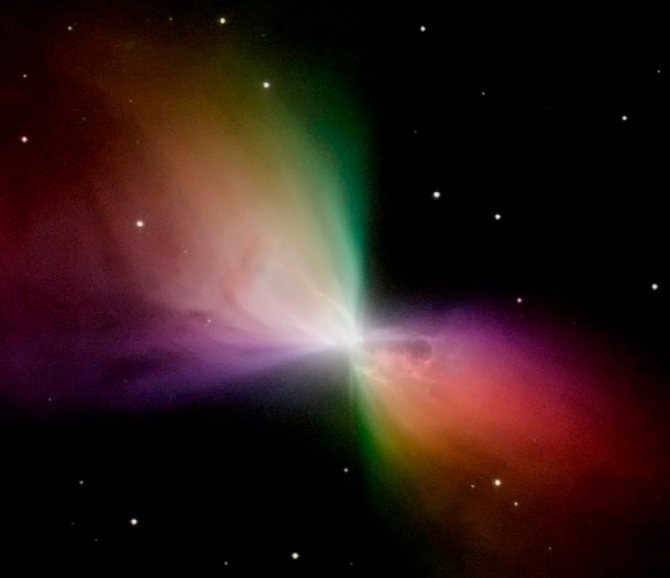
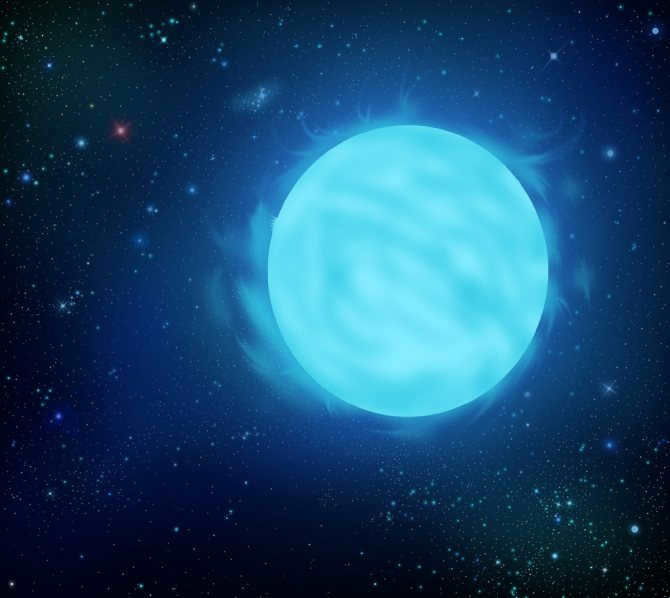
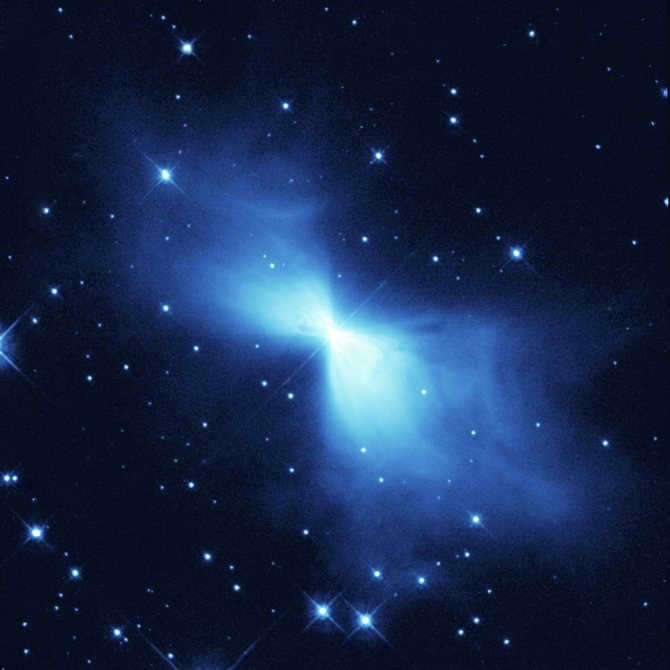
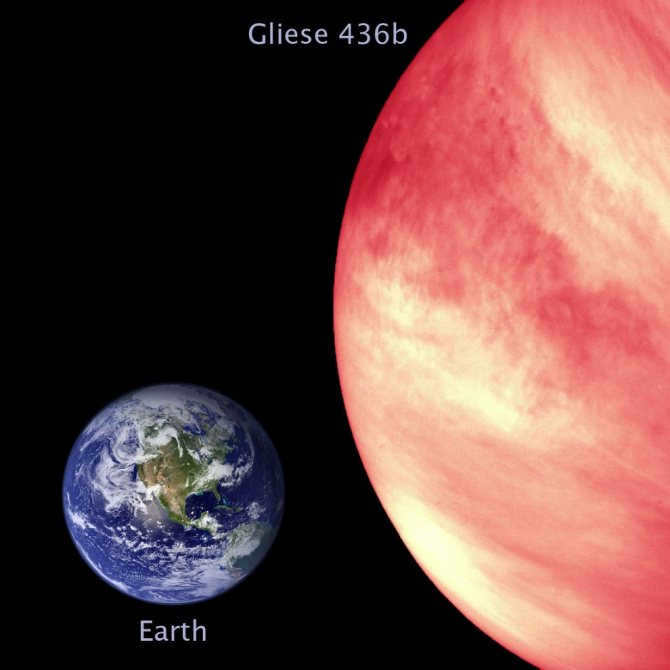
An extraordinary celestial object: Jupiter’s satellite, Io.
Usually, atmospheres are not obliterated, but Io defies all norms. Despite being exposed to substantial radiation from Jupiter’s radiation belt, Io somehow manages to sustain its atmosphere rich in sulfur dioxide. However, Io is essentially a colossal volcano, causing its eruptions to release immense quantities of sulfur dioxide into the atmosphere. This sulfur dioxide then precipitates to the surface when it freezes (a process that occurs every time Io enters Jupiter’s shadow).
Evidently, this phenomenon occurs frequently, as Io completes an orbit around Jupiter in just 1.7 Earth days. During 2 hours of this orbit, Io experiences darkness and the temperature plummets to -168 degrees Celsius. Once Io reenters sunlight, the temperature rises to -148 degrees Celsius, causing the sulfur dioxide ice to transition into gas.
The absence of baryonic matter
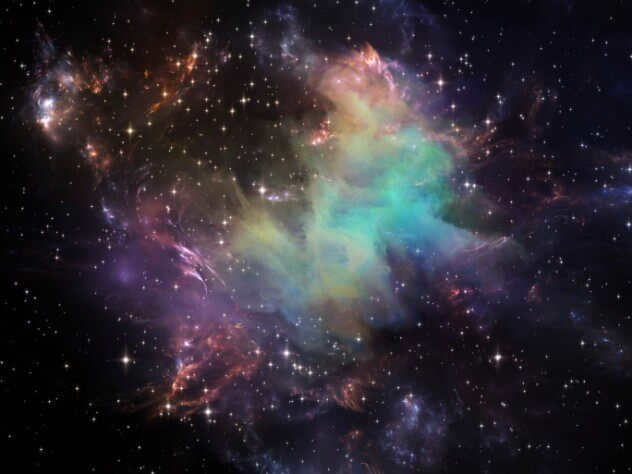
The Biggest Star in the Universe (Measuring 3 Billion Kilometers in Diameter)
VY Canis Majoris, also known as the Big Dog, holds the title for being the largest star ever discovered, as well as one of the most luminous stars in the night sky. Situated in the Canis Major constellation, this red hypergiant boasts a radius that is estimated to be 1800-2200 times larger than our own Sun, resulting in a staggering diameter of approximately 3 billion kilometers.
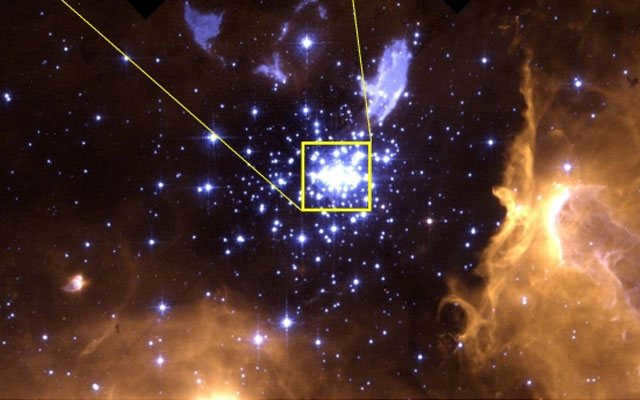
In the event that this star were to be positioned within our solar system, it would completely envelop the orbit of Saturn. There are certain astronomers who speculate that VY is actually of a smaller scale – approximately 600 times the size of our Sun – and would consequently only extend as far as the orbit of Mars.
Small galaxies that house a greater quantity of stars compared to colossal galaxies
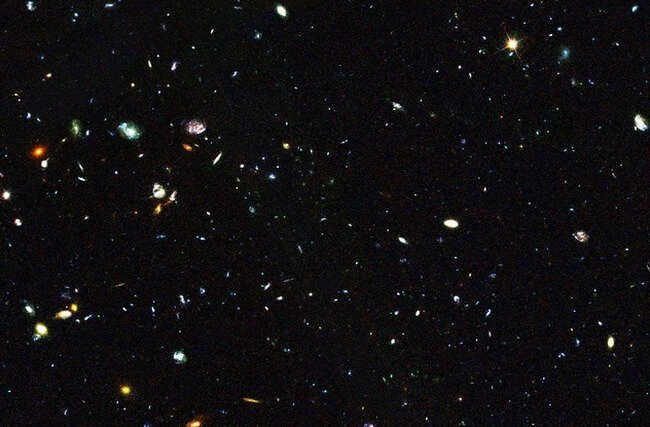
Small galaxies are fascinating celestial bodies that demonstrate that size is not always a determining factor. Scientists have previously investigated the rate at which stars are formed in larger galaxies, but until recently, there has been a lack of information about these pint-sized galaxies.
Following the analysis of infrared data from the dwarf galaxies by the Hubble Space Telescope, astronomers were taken aback. The results revealed that star formation in these small galaxies occurs at a much faster rate compared to larger ones. This finding is surprising considering that larger galaxies have more gas, which is essential for the birth of stars. Remarkably, within a span of 150 million years, as many stars are formed in dwarf galaxies as in standard and larger galaxies during 1.3 billion years of arduous and intense gravitational activity. Curiously, the reason behind the remarkable productivity of dwarf galaxies remains unknown to scientists.
An uncommon occurrence that aided in unraveling the enigma of interstellar dust
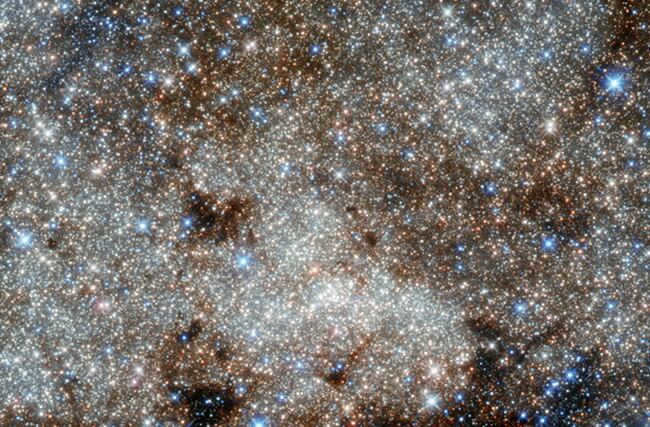
The Stratospheric Observatory for Infrared Astronomy (SOFIA), operated by NASA, is installed directly on a modified Boeing 747SP aircraft and is specifically designed to observe various astronomical phenomena. Located at an altitude of 13 kilometers above the Earth’s surface, it benefits from significantly reduced atmospheric water vapor, which would otherwise interfere with its infrared telescope.
Recently, the SOFIA telescope played a crucial role in unraveling one of the mysteries of the cosmos. Many of you who have watched documentaries about the universe are likely familiar with the concept that we, along with everything else in the universe, are composed of stardust – the elemental building blocks. However, scientists have long been perplexed by how this stardust manages to avoid vaporizing when it is transported across the universe by supernovae.
By observing the ancient supernova star Sagittarius A East, which is 10,000 years old, through its infrared lens, the SOFIA telescope has made an intriguing discovery. It has found that the dense gas regions surrounding the star serve as a protective barrier, repelling cosmic dust particles and shielding them from the intense heat and shock wave produced by the explosion.
If even a small portion, approximately 7-20 percent, of the cosmic dust manages to withstand the encounter with Sagittarius A East, it would still be sufficient to create around 7,000 space objects that are similar in size to Earth.
“Suicide” asteroid
Rephrase the text, making it unique, using the English language and preserving the HTML markup:
“Suicide” asteroid
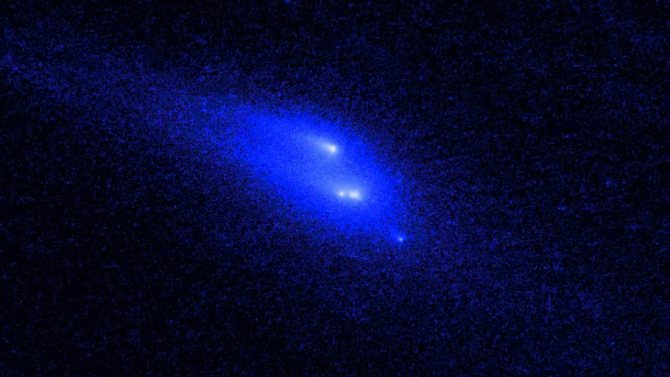
The “Hubble” space telescope recently observed a highly unusual event in outer space – the spontaneous disintegration of an asteroid. Typically, such an occurrence is the result of cosmic collisions or the asteroid coming too close to larger celestial bodies. However, the disintegration of asteroid P/2013 R3 due to the influence of sunlight was a rather unexpected phenomenon for astronomers. The increasing impact of solar wind caused R3 to undergo rotation. Eventually, this rotation reached a critical point, causing the asteroid to shatter into 10 large fragments, each weighing approximately 200,000 tons. Slowly drifting apart at a speed of 1.5 kilometers per second, these fragments released an astonishing amount of small particles.
Discover the celestial objects through images: stars, nebulae, exoplanets, star clusters, galaxies, pulsars, quasars, black holes, dark matter, and energy.
For centuries, countless human eyes have turned their gaze to the enigmatic lights in the night sky – the stars that populate our universe. These stars fascinated ancient civilizations, who saw in their constellations various depictions of animals and people, each with its own story.
Exoplanets – planets that exist beyond our solar system. Since the first exoplanet was discovered in 1992, astronomers have already identified over 1,000 of these celestial bodies in planetary systems throughout the Milky Way galaxy. Scientists anticipate the discovery of many more exoplanets in the future.
The Latin word for clouds gives us the term “nebula”. Essentially, a nebula is a cosmic cloud made up of gas and dust that drifts through space. Multiple nebulae are referred to as nebulae. Nebulae serve as the fundamental building blocks of the universe.
Certain stars are part of a larger collection of stars. Many of these stars exist in binary systems, where two stars orbit a common center of mass. Others are part of triple star systems. Additionally, some stars are simultaneously members of a larger assemblage known as a “star cluster”.
Galaxies are massive conglomerations of stars, dust, and gas that are held together by gravity. They can differ significantly in size and shape. The majority of objects in space are associated with some galaxy. This includes stars with their own planets and satellites, asteroids, black holes and neutron stars, as well as nebulae.
Pulsars are considered to be some of the most peculiar entities in the cosmos. In 1967, at the Cambridge Observatory, Jocelyn Bell and Anthony Hewish were observing stars when they stumbled upon something truly remarkable. They discovered a celestial object that appeared to resemble a star but emitted rapid bursts of radio waves. The existence of radio sources in space had already been acknowledged for a considerable period of time.
Quasars are recognized as the most remote and brightest objects in the known Universe. In the early 1960s, scientists classified quasars as radio stars due to their strong emission of radio waves. The term “quasar” is actually an abbreviation for “quasi-stellar radio source.” Presently, many astronomers use the term QSOs when discussing these phenomena in their scientific works.
Black holes are undoubtedly the most peculiar and enigmatic entities within the vast expanse of the cosmos. With their bewildering characteristics, they have the ability to defy the laws of physics and challenge the very fabric of reality. In order to comprehend the nature of black holes, we must venture beyond conventional thinking and employ a touch of imagination.
Dark matter and dark energy are intangible entities that elude visual detection, yet their existence is supported by extensive observations of our universe. Billions of years ago, our universe came into being through a cataclysmic event known as the Big Bang. As the early universe gradually cooled, life began to flourish within it, resulting in the formation of stars, galaxies, and other observable components.
Many of us have knowledge about stars, planets, and satellites. However, there are numerous other fascinating sights beyond these well-known celestial bodies. These include vibrant nebulae, delicate star clusters, and immense galaxies. Additionally, there are enigmatic pulsars and quasars, as well as black holes that consume any matter that comes too close. Furthermore, there is the challenge of identifying dark matter, an invisible substance. To learn more about these celestial objects, click on any of the images above or use the menu at the top.
To gain a better understanding of fast radio bursts and the characterization of interstellar dust, watch this video about the universe.
Fast radio bursts
Astrophysicist Sergey Popov discusses rotating radio bursts, the SKA telescope system, and microwaves in the observatory:
Interstellar dust
Dmitri Vibe, an astronomer, discusses the phenomenon of interstellar reddening of light, the current models of cosmic dust, and its origins:
In the vast expanse of our universe, there exists an astonishing array of cosmic entities referred to as celestial bodies or astronomical objects. It is important to acknowledge, however, that a significant portion of deep space is comprised of vacant, frigid darkness, sporadically punctuated by a diverse range of celestial bodies. These entities, known to astronomers as celestial objects, celestial bodies, astronomical objects, and astronomical bodies, constitute the material that fills the expansive void of the universe. Within our compilation of celestial bodies in deep space, you will have the opportunity to acquaint yourself with a multitude of objects, including stars, exoplanets, nebulae, clusters, galaxies, pulsars, black holes, and quasars. Additionally, you will find captivating photographs of these celestial bodies and their surrounding space, as well as intricate models and diagrams featuring detailed descriptions and parameter characterizations.
The solar system we inhabit is our home. It remains uncertain if we are the sole inhabitants of the vast Universe. The Cosmos is teeming with celestial bodies, and it is plausible that life exists in various forms beyond our planet Earth. Life on our planet is sustained by the solar heat emitted by our one and only star, the Sun.
Our system’s celestial bodies
The Sun serves as the central point of our solar system, around which the celestial bodies orbit in their individual paths. The planets do not share the same orbit. However, the Sun generates heat through reactions, providing warmth to the planets that revolve around it. All the planets are sizable and possess a spherical shape, which they attained through the course of their evolution.
In the past, astrologers believed that there were only seven planets in our solar system, which included the Sun, the Moon, Mercury, Venus, Mars, Jupiter, and Saturn.
Many years ago, prior to the discovery of the solar system, there was a widespread belief that the Earth was the focal point of the universe, with all other celestial bodies, including the Sun, orbiting around it. This particular system was known as geocentric.
During the 16th century, Nicolaus Copernicus introduced a revolutionary concept known as heliocentric, which proposed that the Sun, rather than the Earth, was actually at the center of the universe. Copernicus explained that the rotation of our planet on its own axis was responsible for the alternating cycles of day and night.
Diverse solar systems
The discovery of the telescope revolutionized our understanding of comets, revealing their dynamic movement as they traverse the sky, approaching and departing from Earth. Centuries of observation and research have led scientists to the groundbreaking realization that celestial bodies can orbit not only the Earth and Sun, but also other planetary systems.
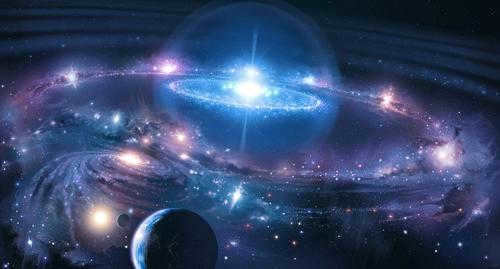
Is there the existence of other planetary systems in different stars? The certainty of this question is not yet known, but there is no doubt about their existence.
In 1781, the finding of the vast and distant planet Uranus occurred, which means that there were not just seven planets, and the cosmic hierarchy system was reconsidered.
For a considerable period of time, it was believed that the fragmentation or formation of a certain planet between Mars and Jupiter gave birth to all the asteroids. Up to this day, scientists have identified over 15,000 asteroids.
In recent years, celestial bodies have been discovered that are challenging to classify as a specific category, such as comets or planets. These objects possess extremely elongated orbits, but they lack the characteristics of a tail and comet activity.
The planets in our solar system are divided into two categories: giant planets and terrestrial planets. The terrestrial planets are distinguished by their higher average density and solid surfaces. Mercury, in comparison to other planets, has a higher density primarily because of its iron core, which accounts for 60% of the planet’s total mass. Venus, on the other hand, is similar to Earth in terms of mass and density.
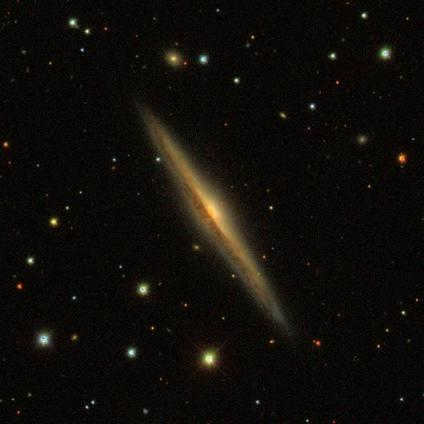
The structure of the mantle, which is 2900 km deep, sets the Earth apart from other planets. Below the mantle lies a metallic core. In contrast, Mars has a lower density and its core makes up no more than 20% of its mass.
Giant planets in the celestial group have low density and a complex chemical composition in their atmospheres. These planets are primarily composed of gas and have a chemical makeup similar to that of the Sun, containing hydrogen and helium.
The expanse of space harbors numerous unexplored mysteries. The gaze of humanity is perpetually fixed upon the vastness of the Universe. Each signal we receive from the cosmos provides answers, yet simultaneously presents a multitude of new questions.
Which celestial bodies can be seen without a telescope from the
Cluster of space objects
What is the name of the closest
What are celestial bodies?
Celestial bodies are entities that populate the cosmos. Space entities encompass: comets, planets, meteorites, asteroids, stars, all of which possess their own unique names.
Astronomical (celestial) bodies are the subjects of study in astronomy.
Celestial bodies in the vastness of the universe come in varying sizes, ranging from colossal to minuscule.
The structure of the stellar system is examined using the Solar System as an example. Planets orbit around the star (Sun). These entities, in turn, have natural satellites, dust rings, and an asteroid belt formed between Mars and Jupiter.
Residents of Sverdlovsk will have the opportunity to observe the asteroid Irida on October 30, 2017. Scientific calculations suggest that this asteroid, which belongs to the main asteroid belt, will come within 127 million kilometers of Earth.
Based on spectral analysis and the laws of physics, it has been determined that the Sun is composed of gases. When viewed through a telescope, the Sun appears as granules on the photosphere, creating a gas cloud. As the only star in our solar system, the Sun produces and emits two types of energy. Scientific calculations estimate that the Sun’s diameter is 109 times that of the Earth.
In the early 2000s, the world was gripped by another wave of doomsday hysteria. Reports spread that the “devil planet,” Nibiru, was bringing about the apocalypse. It was believed that the Earth would experience a shift in its magnetic poles as a result of being caught between Nibiru and the Sun.
Currently, scientific confirmation of the existence of the new planet has taken a backseat as its information loses prominence. However, there are assertions that Nibiru has already traversed our vicinity or even intersected with our planet, resulting in significant alterations to its primary physical attributes. These alterations may include a decrease in size or a drastic modification in density.
Which celestial bodies compose the solar system?
The solar system comprises of the Sun and its eight planets along with their moons, the space between the planets, and asteroids or dwarf planets, which are categorized into two belts – the inner or main belt and the outer or Kuiper belt. The largest dwarf planet in the Kuiper belt is Pluto. This classification provides a definitive answer to the query: how many major planets exist in the solar system?
The list of recognized major planets in the system is categorized into two groups – terrestrial and Jovian.
All terrestrial planets share a comparable structure and chemical composition, consisting of a core, mantle, and crust. This similarity allows for the study of atmospheric formation processes on the inner group planets.
The principles of physics govern the descent of celestial bodies.
The Earth moves at a speed of 30 km/s. The combined movement of the Earth and the Sun in relation to the center of the galaxy possesses the potential to trigger a global catastrophe. Occasionally, the paths of planets intersect with the trajectories of other celestial objects, posing a risk of these objects plummeting towards our planet. The consequences of collisions or impacts on Earth can be extraordinarily severe. The occurrence of large meteorite impacts, as well as encounters with asteroids or comets, would result in explosions generating immense energy and the most intense earthquakes.
The prevention of such cosmic disasters is attainable through the collective efforts of the global community.
When developing systems for protection and defense, it is important to consider that the rules for dealing with space attacks should account for the potential manifestation of unknown properties.
What defines a space object? What are its characteristics?
The Earth is classified as a space object that has the ability to reflect light.
All visible objects in the solar system reflect light emitted by stars. What qualifies as a space object? In addition to the larger, easily visible objects, there are also numerous small and even minuscule objects present in space. The category of very small space objects begins with cosmic dust (measuring 100 microns), which comprises the remnants of gas emissions following explosions in planetary atmospheres.
Astronomical entities exhibit a diverse range of sizes, shapes, and positions in relation to the Sun. Some of these entities are organized into distinct groups for the purpose of facilitating categorization.
What types of celestial bodies exist in our galaxy?
Our galaxy is teeming with a multitude of celestial objects. All galaxies serve as habitats for a plethora of astronomical entities. While we are familiar with stars, planets, and satellites from our astronomy studies, there are numerous other celestial fillers, including nebulae, star clusters, galaxies, enigmatic quasars, pulsars, and enigmatic black holes.
Among the colossal astronomical entities are stars, which are luminous, hot objects. Stars themselves can be further categorized as either large or small. Depending on their spectral characteristics, stars can be classified as brown dwarfs, white dwarfs, variable stars, or red giants.
All celestial bodies can be categorized into two groups: those that generate energy (stars) and those that do not (space dust, meteorites, comets, planets).
Each celestial body possesses unique characteristics.
Classification of cosmic bodies in our solar system based on composition:
Artificial space objects include manned spaceships, manned orbital stations, and manned stations on celestial bodies.
Mercury has a reverse movement of the Sun. It is anticipated that Earth bacteria may be discovered in the atmosphere of Venus. The Earth orbits the Sun at a speed of 108,000 kilometers per hour. Mars has two moons. Jupiter has 60 moons and five rings. Saturn experiences polar contraction due to its rapid rotation. Uranus and Venus orbit the Sun in the opposite direction. Neptune exhibits a phenomenon known as .
A star is a celestial object composed of glowing gaseous matter where thermonuclear reactions occur.
Brown dwarfs, also known as cold stars, lack sufficient energy. Adding to the catalog of astronomical findings is a cold star located in the Volopassus constellation, referred to as CFBDSIR 1458 10ab.
White dwarfs are cosmic bodies with a cooled surface, devoid of ongoing thermonuclear processes, and consisting of high-density material.
Hot stars, on the other hand, are celestial bodies that emit blue light.
For instance, the main star within the Beetle Nebula has a temperature of 200,000 degrees Celsius.
Comets, which are shapeless space formations left behind by meteorites, bolides, and various remnants of artificial satellites, can create a luminous trail in the sky as they penetrate the Earth’s atmosphere.
Asteroids are sometimes referred to as small planets. In actuality, they appear similar to dim stars due to their active light reflection. The largest asteroid known in the universe is Ceres, which is part of the Canis Minor constellation.
What celestial bodies can be observed with the naked eye from Earth?
Stars are celestial bodies that emit both heat and light into space.
Why can non-luminous planets be seen in the night sky? All stars emit light as a result of nuclear reactions that release energy. This energy is then utilized to counteract gravitational forces and produce light.
But why do cold objects in space also emit light? Planets, comets, and asteroids do not emit their own light but instead reflect the light from stars.
A collection of celestial bodies
The expanse of space is populated by a diverse array of bodies, each possessing its own unique size and shape. These cosmic entities navigate through space in various manners, some orbiting the Sun while others interact with different celestial objects. To facilitate the study and understanding of these celestial formations, scientists have established various classifications. For instance, one classification includes the group known as “Centaurs,” which are positioned between the Kuiper belt and Jupiter. Another group, referred to as “Vulcanoids,” is hypothesized to exist between the Sun and Mercury. Furthermore, the eight planets within our solar system can be divided into two distinct groups: the inner (terrestrial) group and the outer (Jupiterian) group.
What is the nearest celestial body to Earth called?
What is the name of the celestial object that orbits the planet? The Moon, a natural satellite, revolves around the Earth due to gravitational forces. Some planets in our solar system also have satellites: Mars – 2, Jupiter – 60, Neptune – 14, Uranus – 27, Saturn – 62.
All objects that are influenced by the gravitational force of the Sun are part of the vast and unfathomable solar system.
Planets are large celestial bodies.
All planets in the Earth group are relatively small in size, have significant densities, and are primarily composed of solids.
The giant planets are massive in size, have a low density, and are primarily composed of gases. The combined mass of the giant planets accounts for 98% of the total mass of all the planets in our solar system.
When compared to the Sun, the planets are arranged in the following order: Mercury, Venus, Earth, Mars, Jupiter, Saturn, Uranus, Neptune, and Pluto.
These planets are named after Roman gods: Mercury, the god of commerce; Venus, the goddess of love and beauty; Mars, the god of war; Jupiter, the god of thunder; Saturn, the god of earth and fertility; Uranus, the god of the sky; Neptune, the god of the sea and navigation; Pluto, the god of the underworld realm of the dead.
On Mercury, the temperature can rise to 420 ° C during the day and drop to -180 ° C at night. On Venus, both day and night are scorching hot (reaching up to 500 ° C), and its atmosphere is predominantly composed of carbon dioxide. Earth is situated at an optimal distance from the Sun, allowing for the majority of water to remain in a liquid state, which has facilitated the emergence of life on our planet. The Earth’s atmosphere contains oxygen.
Mars experiences a temperature regime similar to that of Earth, but its atmosphere is primarily composed of carbon dioxide. At lower temperatures during winter, carbon dioxide transforms into dry ice.
Jupiter is 13 times larger and 318 times heavier than Earth. Its atmosphere is thick, opaque, and exhibits various streaks of color. Beneath its atmosphere lies an ocean of rarefied gases.
Stars are luminous celestial bodies that emit light. Due to their immense distance from Earth, we perceive them as bright points of light. With the naked eye, one can observe approximately 3000 stars in the night sky, while a telescope allows us to see ten times more.
Constellations are groups of stars that are situated close to one another. Ancient astronomers mentally connected these stars with lines, forming specific figures. The Greeks identified 12 zodiacal constellations in the Northern Hemisphere’s sky: Capricorn, Aquarius, Pisces, Aries, Taurus, Gemini, Cancer, Leo, Virgo, Libra, Scorpio, and Sagittarius. Ancient civilizations believed that each earthly month corresponded to one of these constellations in a specific manner.
Comets are celestial bodies with luminous tails that change their position and direction of motion over time.
A comet’s body consists of a solid nucleus, frozen gases with solid dust, and ranges in size from one to ten kilometers. As a comet approaches the Sun, its gases begin to vaporize, resulting in the growth of a luminous gas tail. The most famous comet is Halley’s Comet (discovered by English astronomer Halley in the 17th century), which appears near Earth approximately every 76 years. It last came close to Earth in 1986.
Meteors are solid remnants of cosmic bodies that enter Earth’s atmosphere at high speeds. As they do so, they burn up, leaving behind a bright light.
Bolides are large meteors weighing from 100 grams to several tons. Their rapid flight is accompanied by a loud noise, the scattering of sparks, and the smell of burning.
Meteorites are charred stone or iron bodies that have fallen to Earth from interplanetary space without disintegrating in the atmosphere.
Asteroids are small planets ranging in diameter from 0.7 to 1 kilometer.
Determining cardinal directions by sight
By locating the Big Dipper constellation, it is easy to find Polaris. When facing Polaris, north will be directly ahead, south will be behind, east will be to the right, and west will be to the left.
The cosmos consists of an immense assortment of celestial entities. Each evening, we are able to observe minuscule stars in the heavens, despite their true size. In reality, some of these stars are significantly larger than the Sun. It is believed that a planetary system takes shape in the vicinity of each individual star. For instance, the Solar System, which includes eight sizable planets along with dwarf planets, comets, black holes, cosmic debris, and more, was created near the Sun. The Earth, being a planet, is considered a celestial entity as it is a spherical object that reflects sunlight.
The Earth is classified as a celestial body due to its status as a planet, a spherical entity that reflects sunlight. We can observe seven other planets in our solar system because they also reflect the light emitted by a star. In addition to Mercury, Venus, Mars, Uranus, Neptune, and Pluto (which was considered a planet until 2006), the solar system is also home to a vast number of asteroids, which are often referred to as minor planets. Although their exact count reaches up to 400,000, many scientists speculate that their total number exceeds one billion.
Comets are another type of celestial body that follows elongated paths through space and periodically approach the Sun. Composed of gas, plasma, and dust, these objects can grow to sizes of tens of kilometers as they accumulate ice. As they draw near the star, comets gradually vaporize due to the intense heat, creating a distinct head and tail that can grow to astonishing proportions.
Minor planets, also known as asteroids, are celestial bodies found in the solar system. The majority of these objects can be found in the region between Mars and Jupiter. They are comprised of a combination of iron and stone, and can be classified into two categories: light and dark. The lighter asteroids are less dense, while the darker ones are heavier. These asteroids possess irregular shapes, which suggest that they may have formed from the residual matter left over after the creation of the larger planets, or they could be remnants of a planet that once existed in the space between Mars and Jupiter.
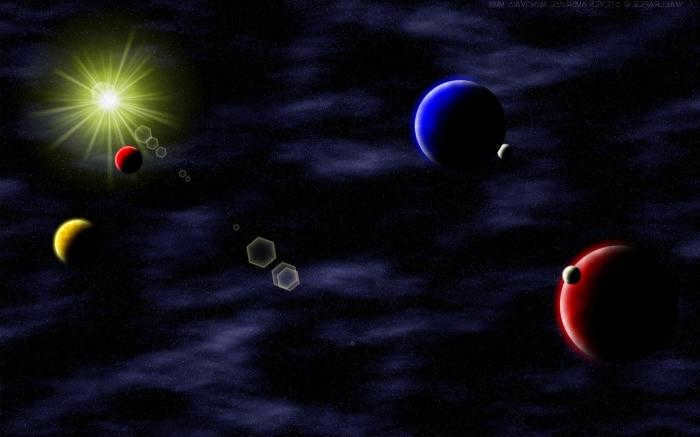
Several celestial objects manage to make their way to Earth, however, as they pass through the dense layers of the atmosphere, the friction causes them to heat up and disintegrate into smaller fragments. This is the reason why we have witnessed the fall of relatively small meteorites on our planet. This occurrence is not uncommon at all, in fact, fragments of asteroids can be found in numerous museums worldwide, as they have been discovered in over 3500 different locations.
Space contains not only large objects, but also minuscule ones. For instance, meteoroids are entities that measure up to 10 meters. Cosmic dust is even tinier, measuring up to 100 microns. It emerges in stellar atmospheres due to gas emissions or explosions. Not all cosmic entities have been extensively researched by scientists. This includes black holes, which exist in nearly every galaxy. They are invisible, with only their location being determinable. Black holes possess an incredibly powerful gravitational pull, preventing even light from escaping. They consume vast quantities of scorching-hot gas annually.
